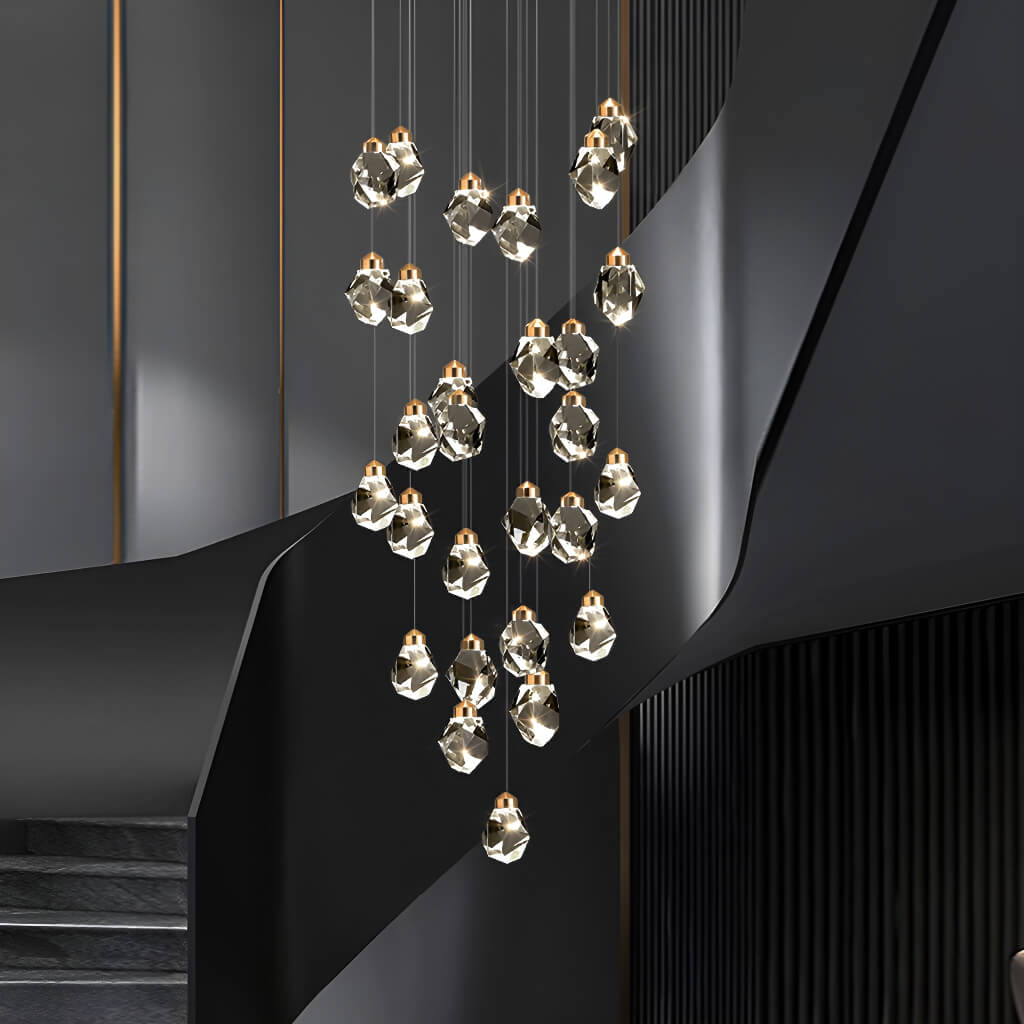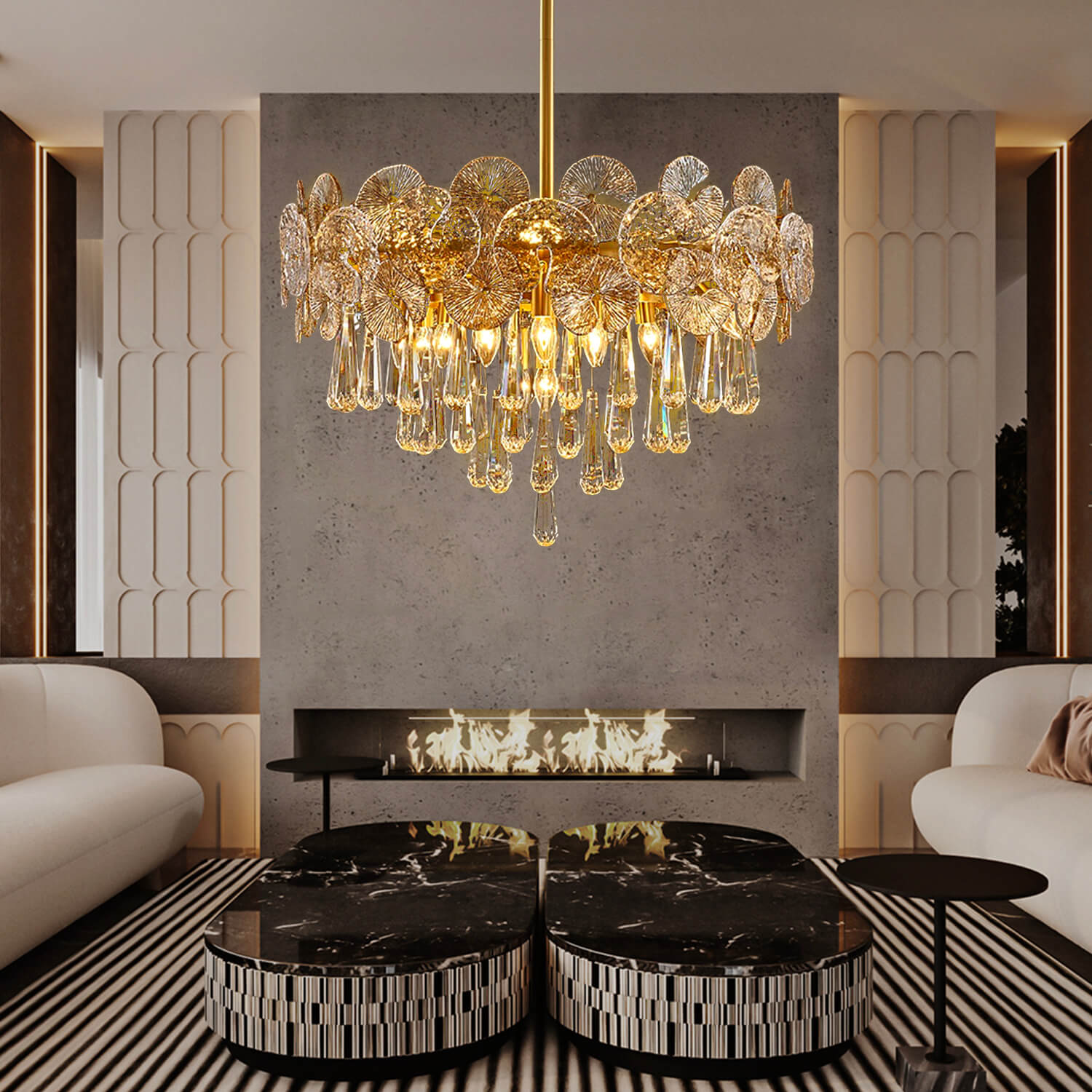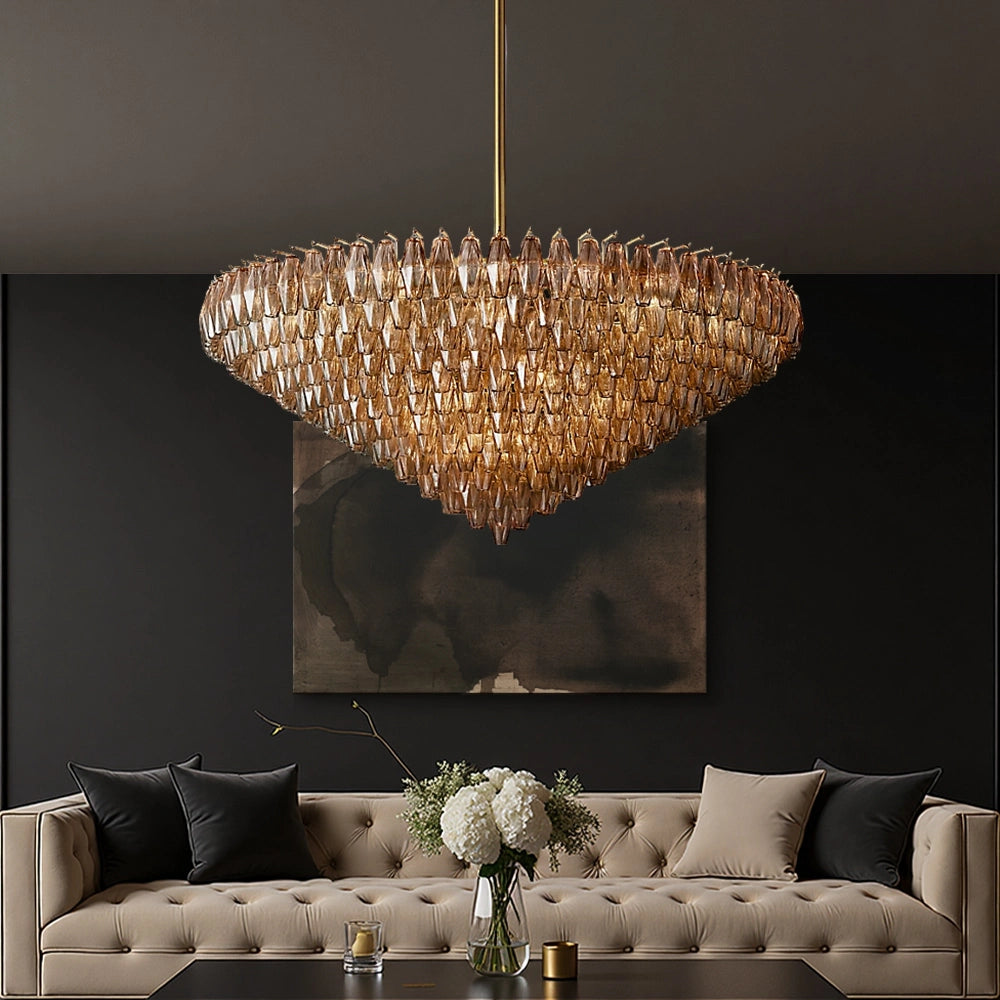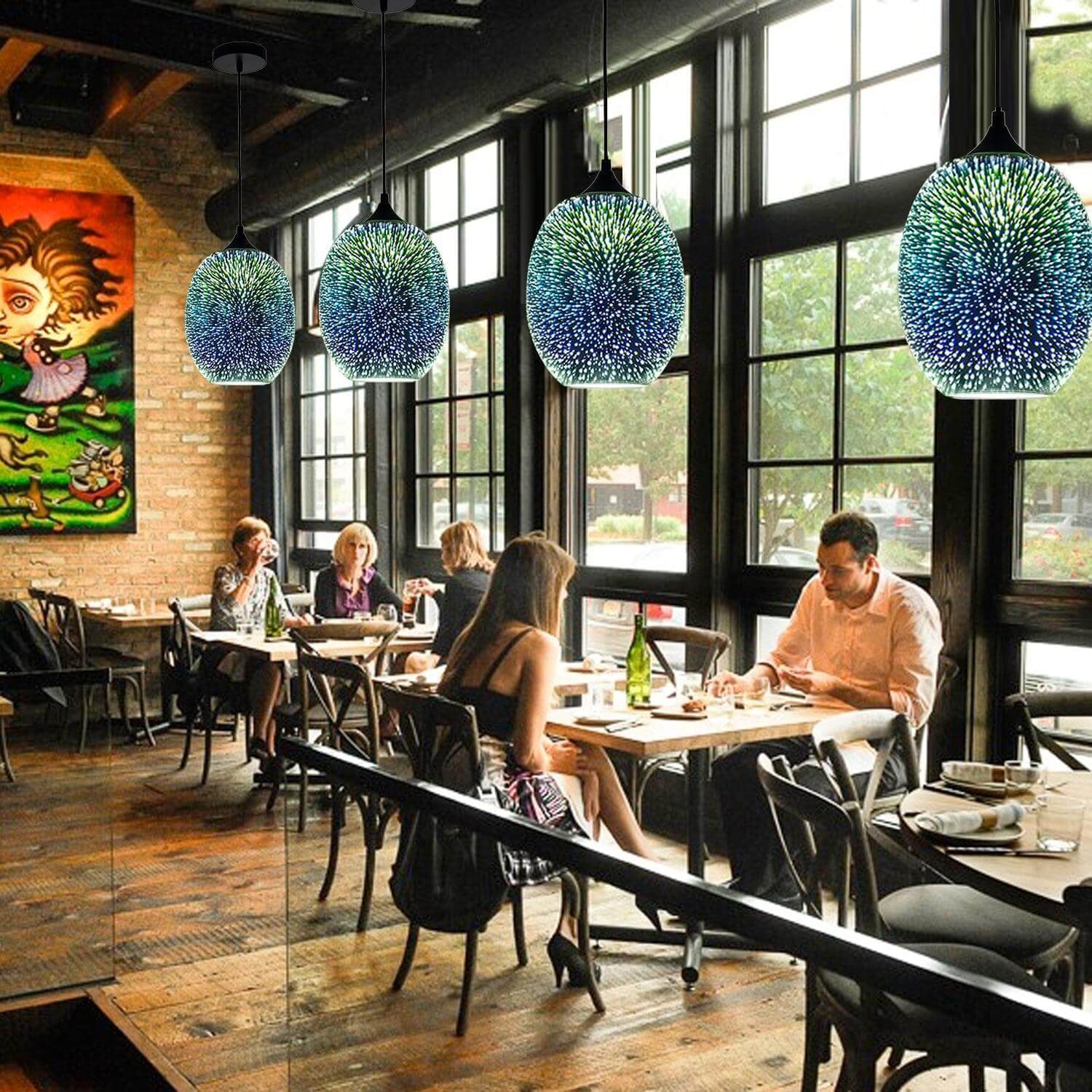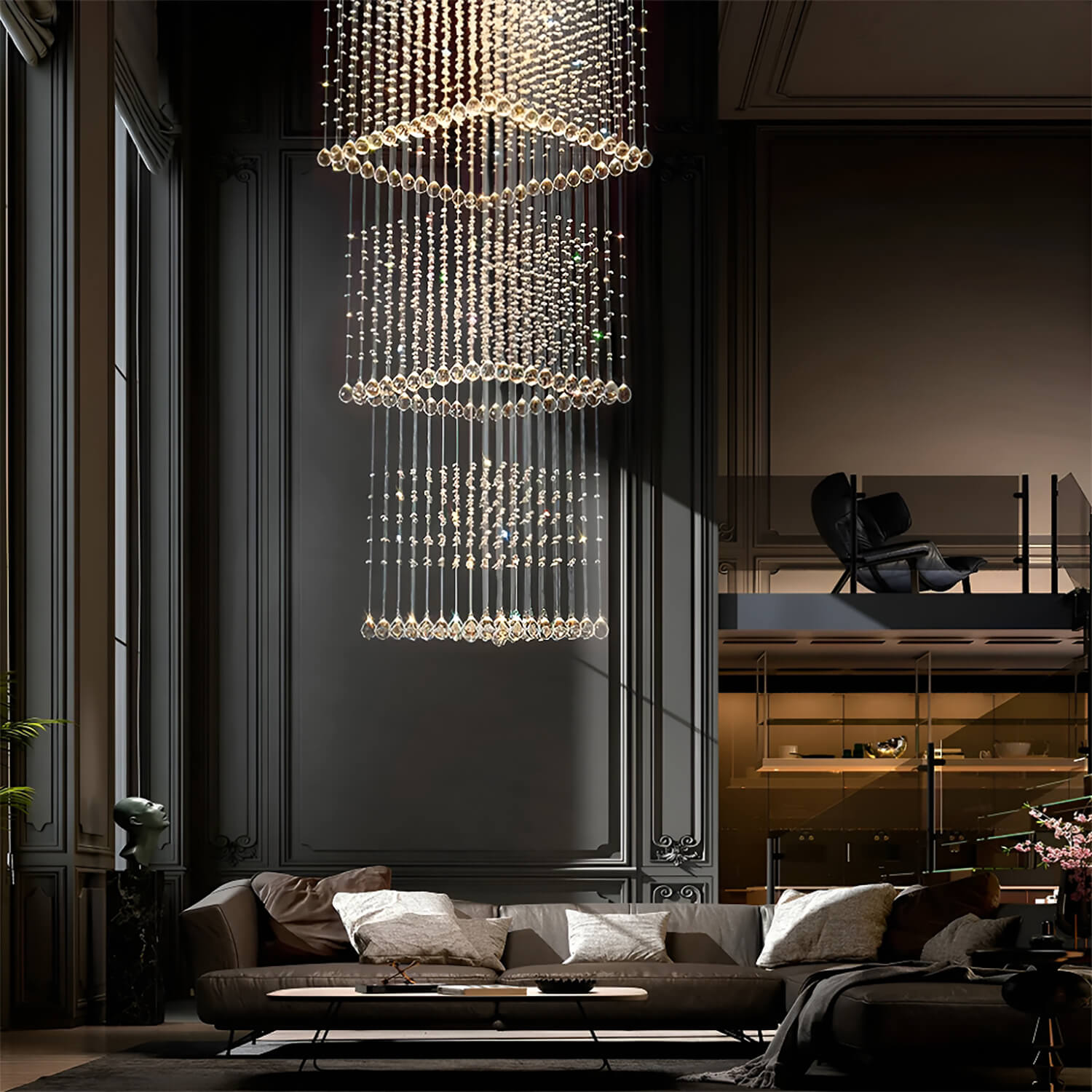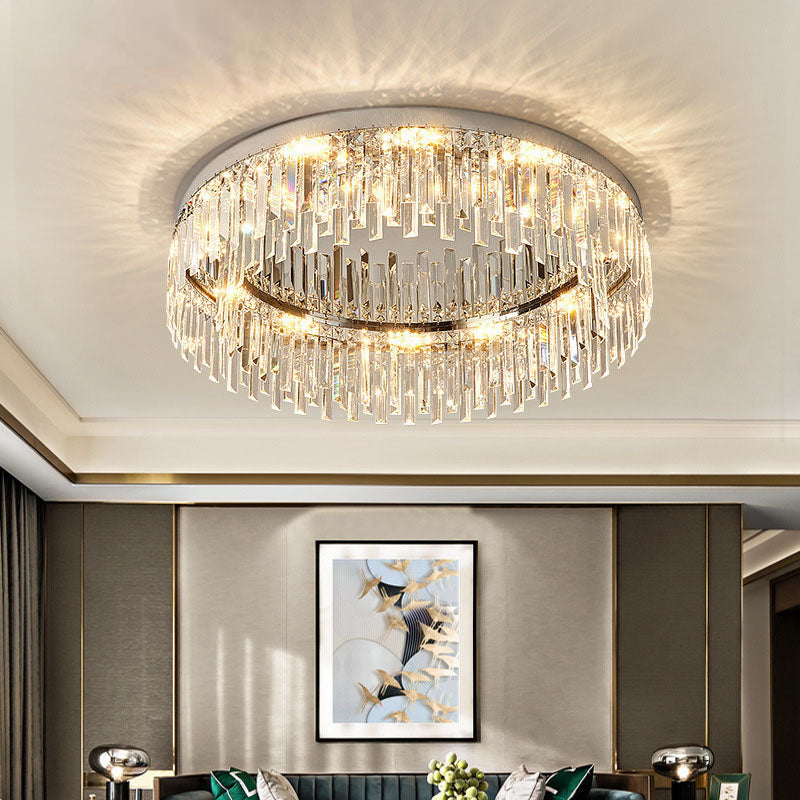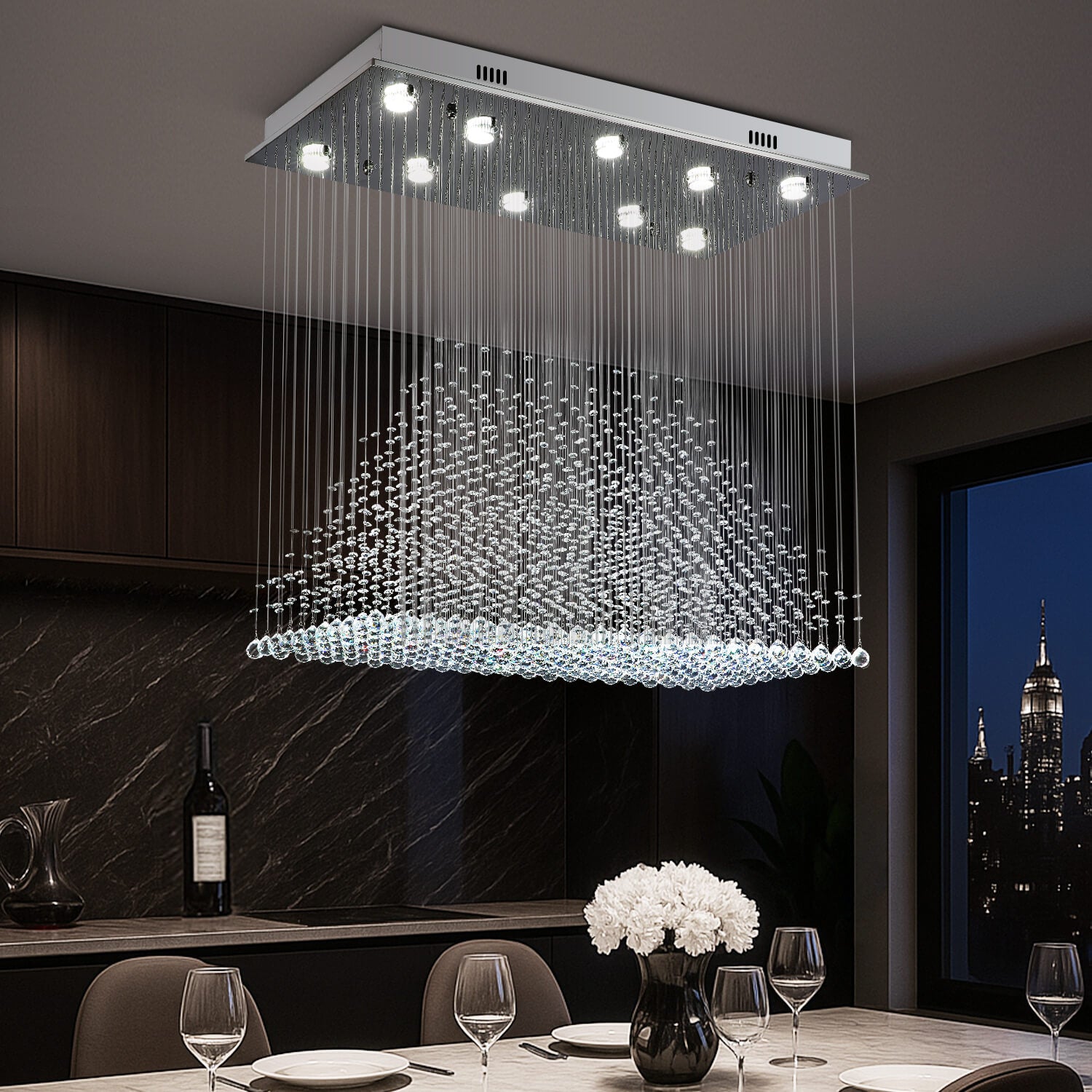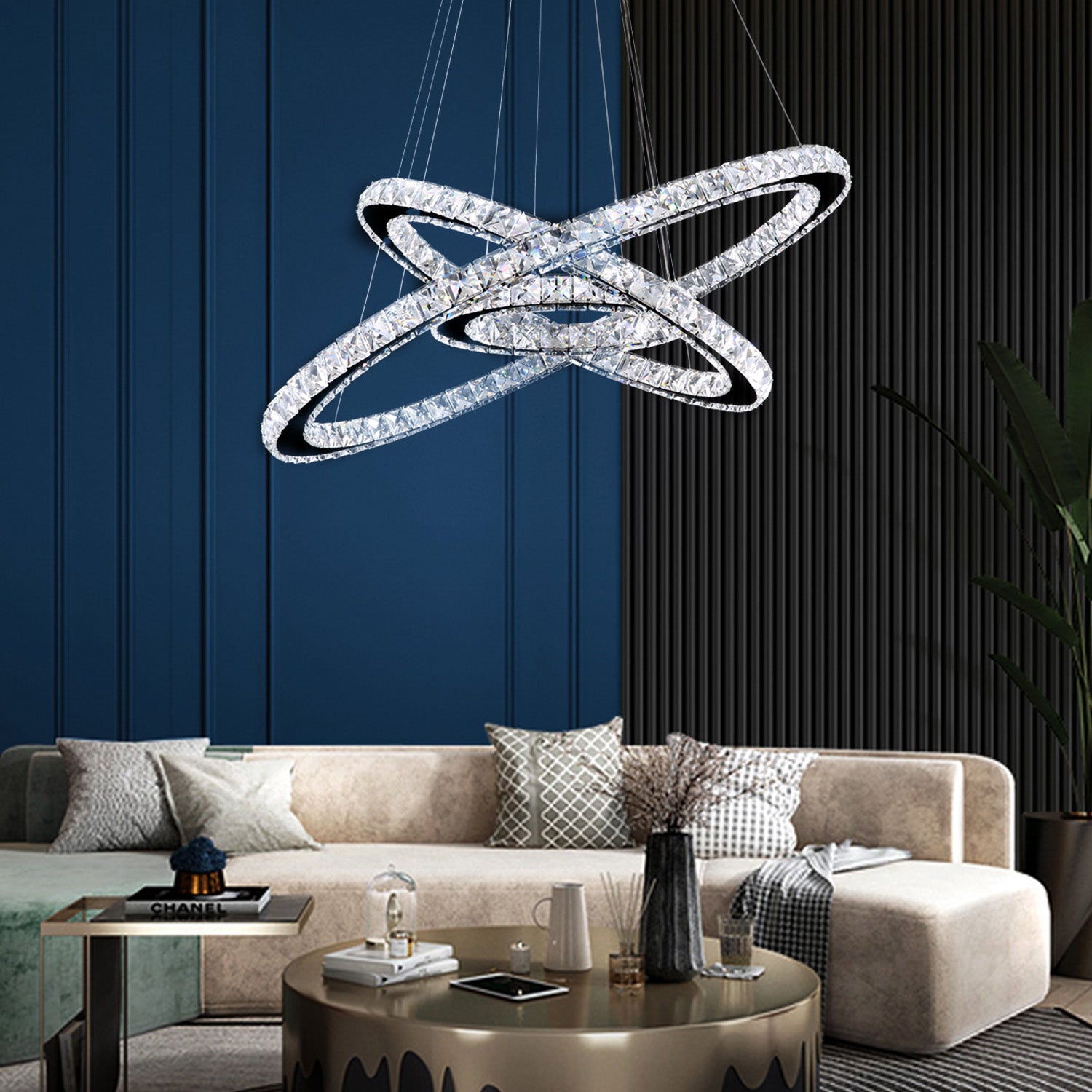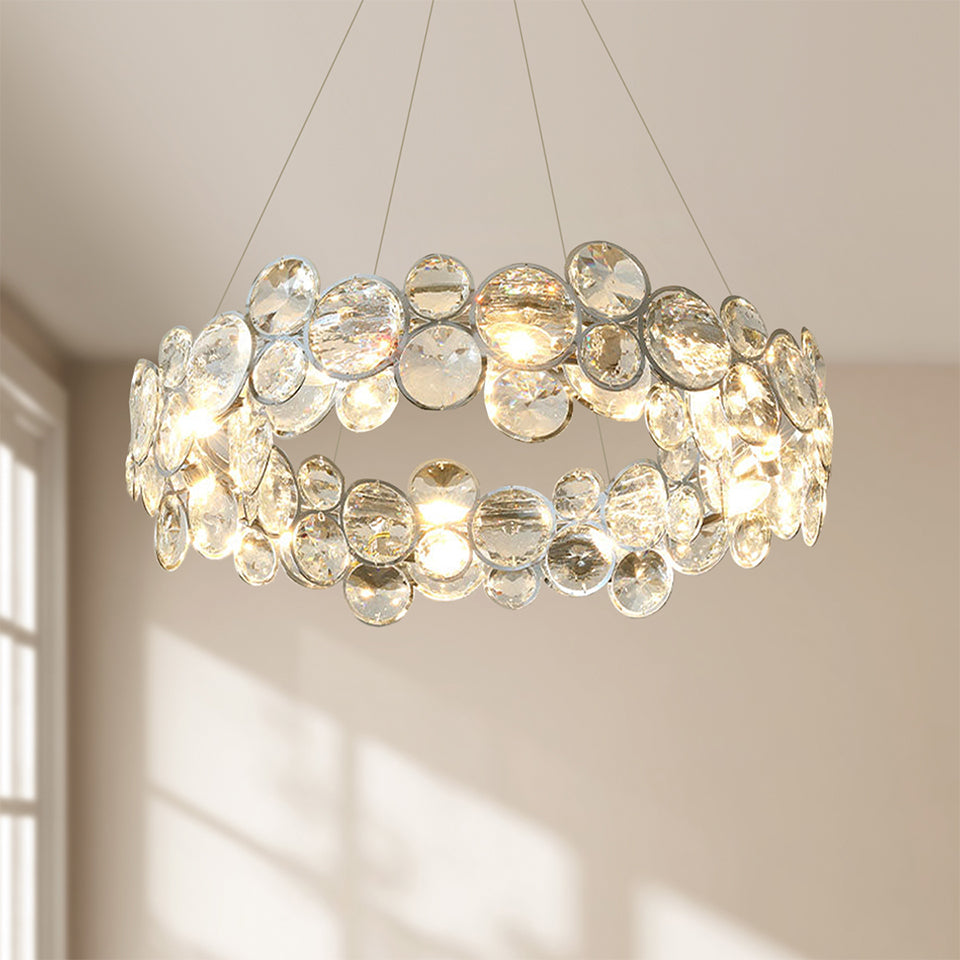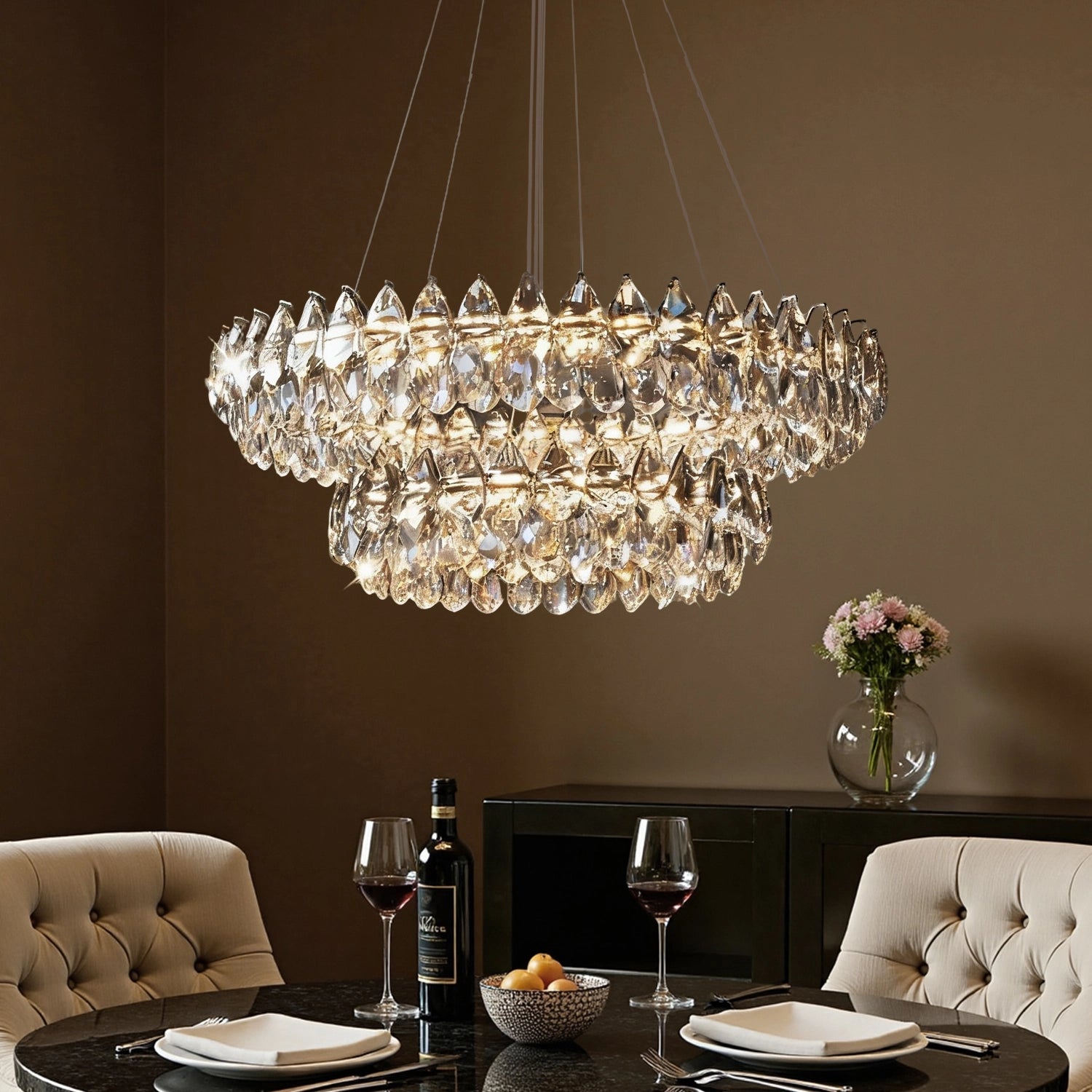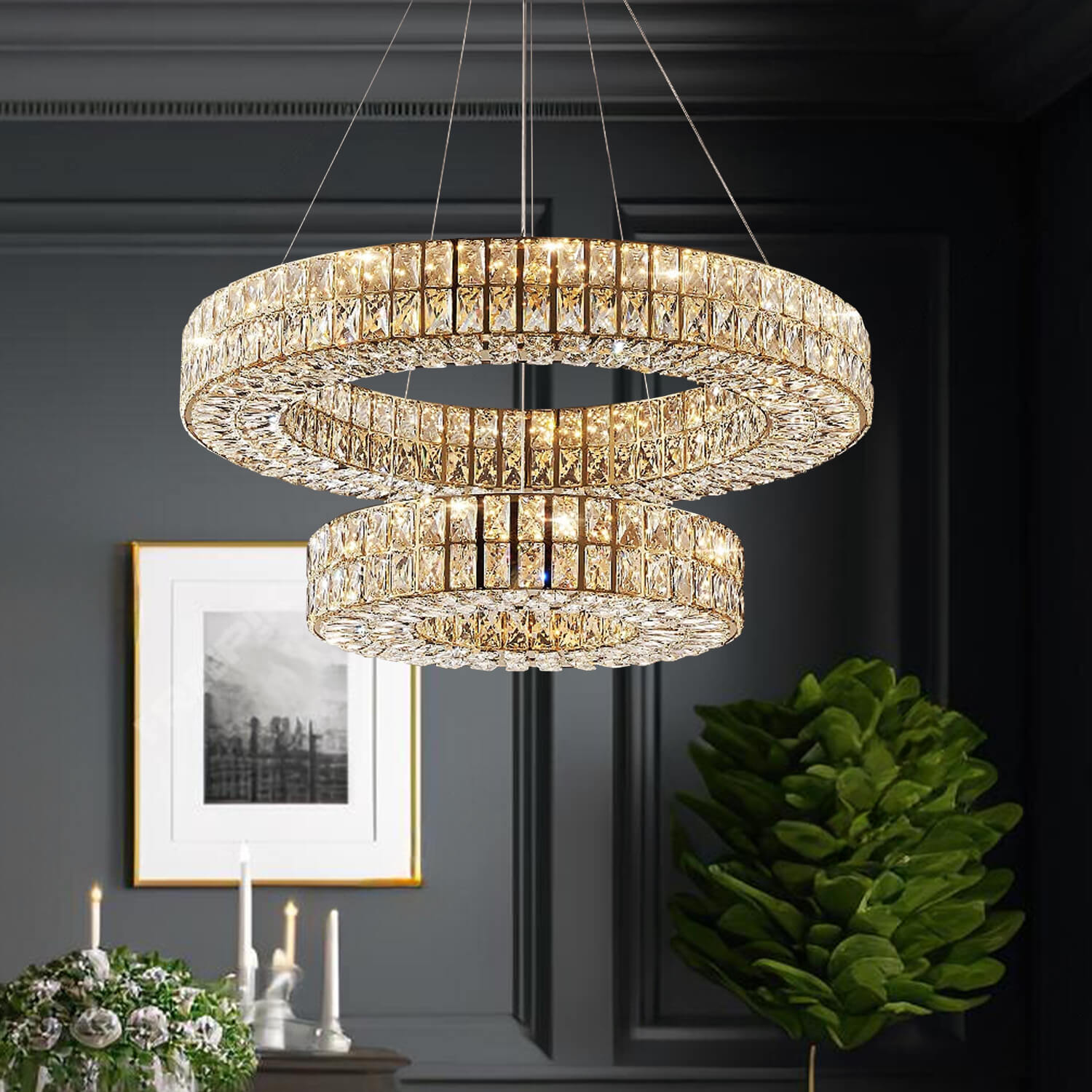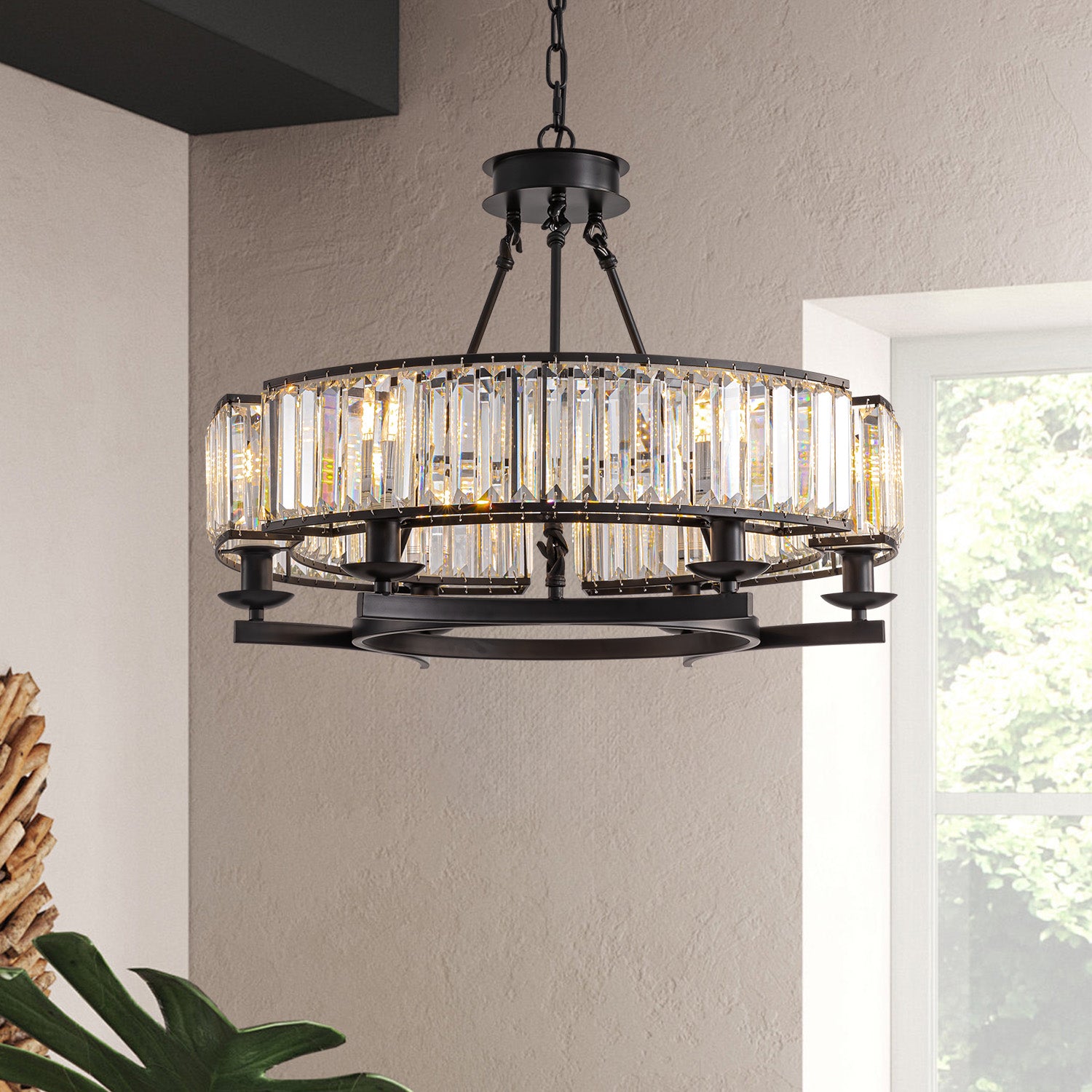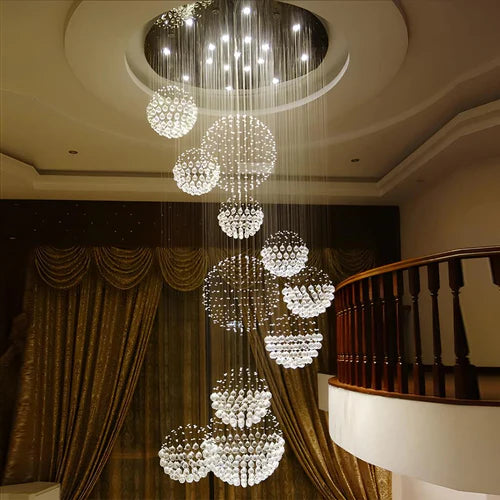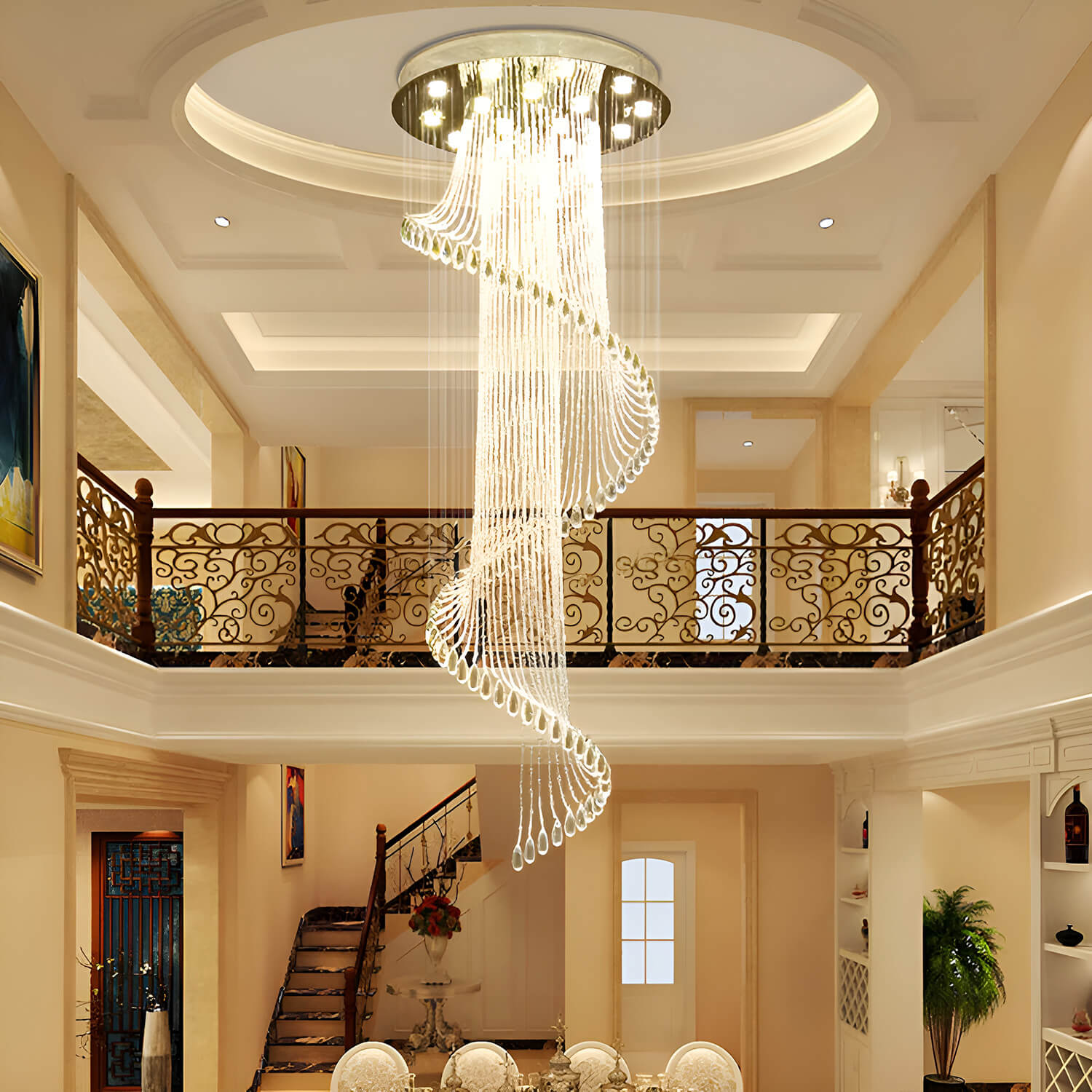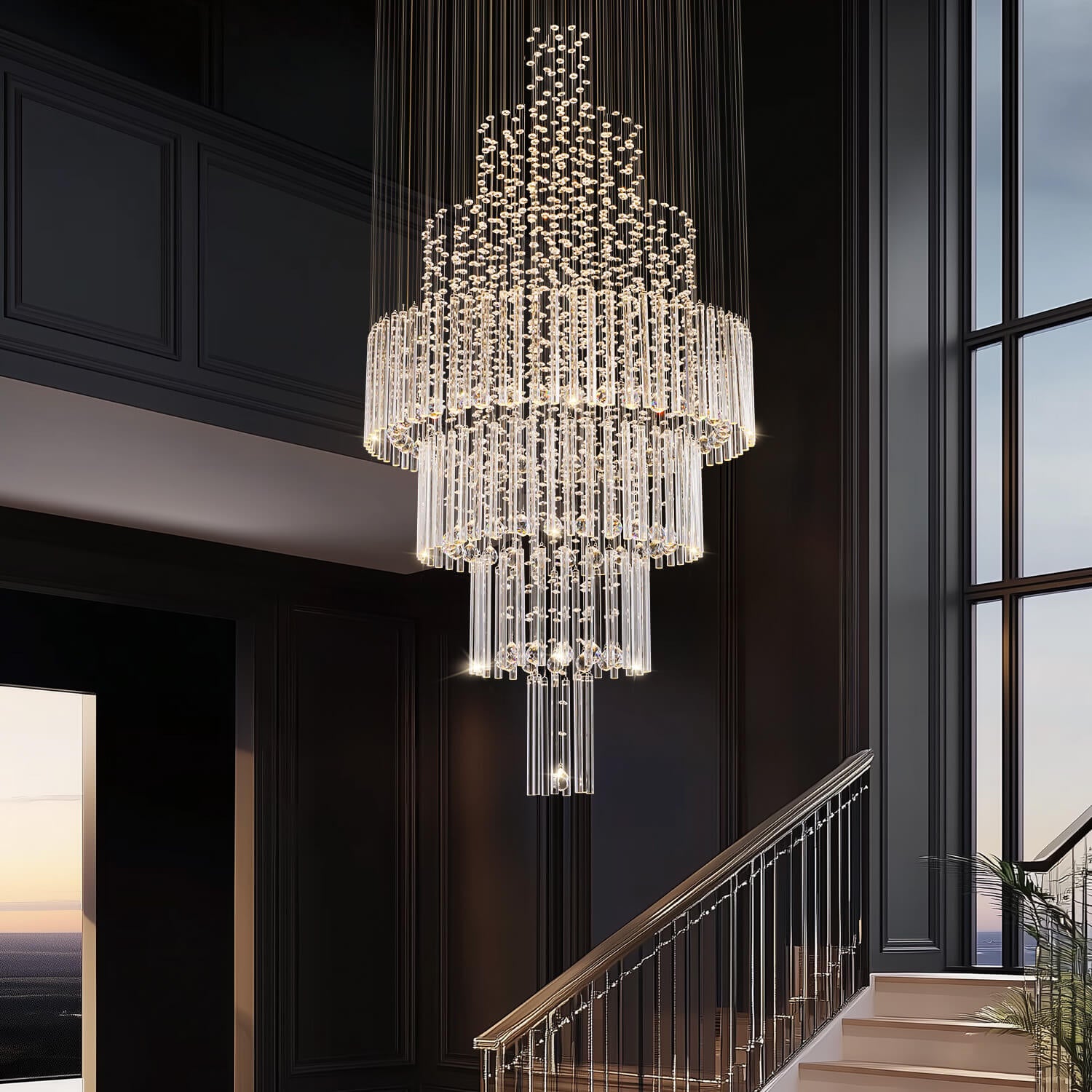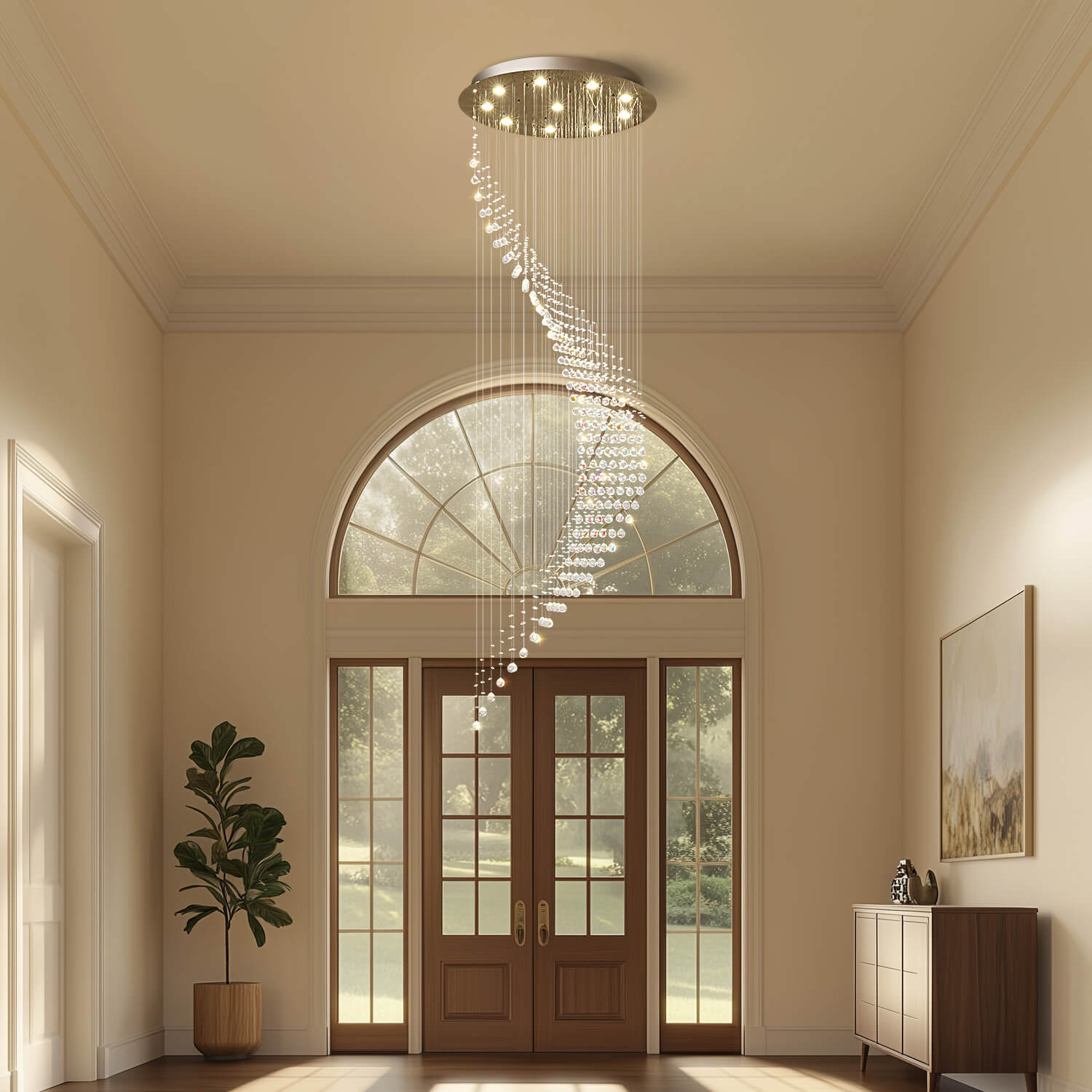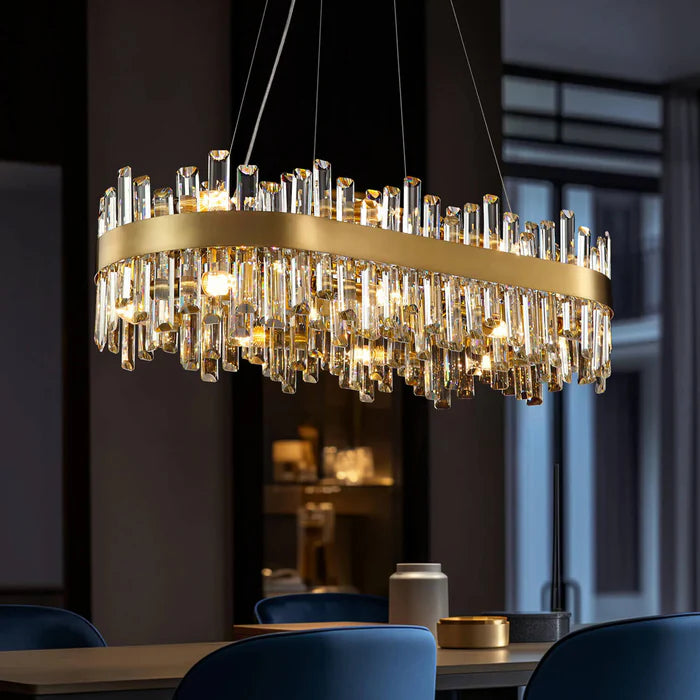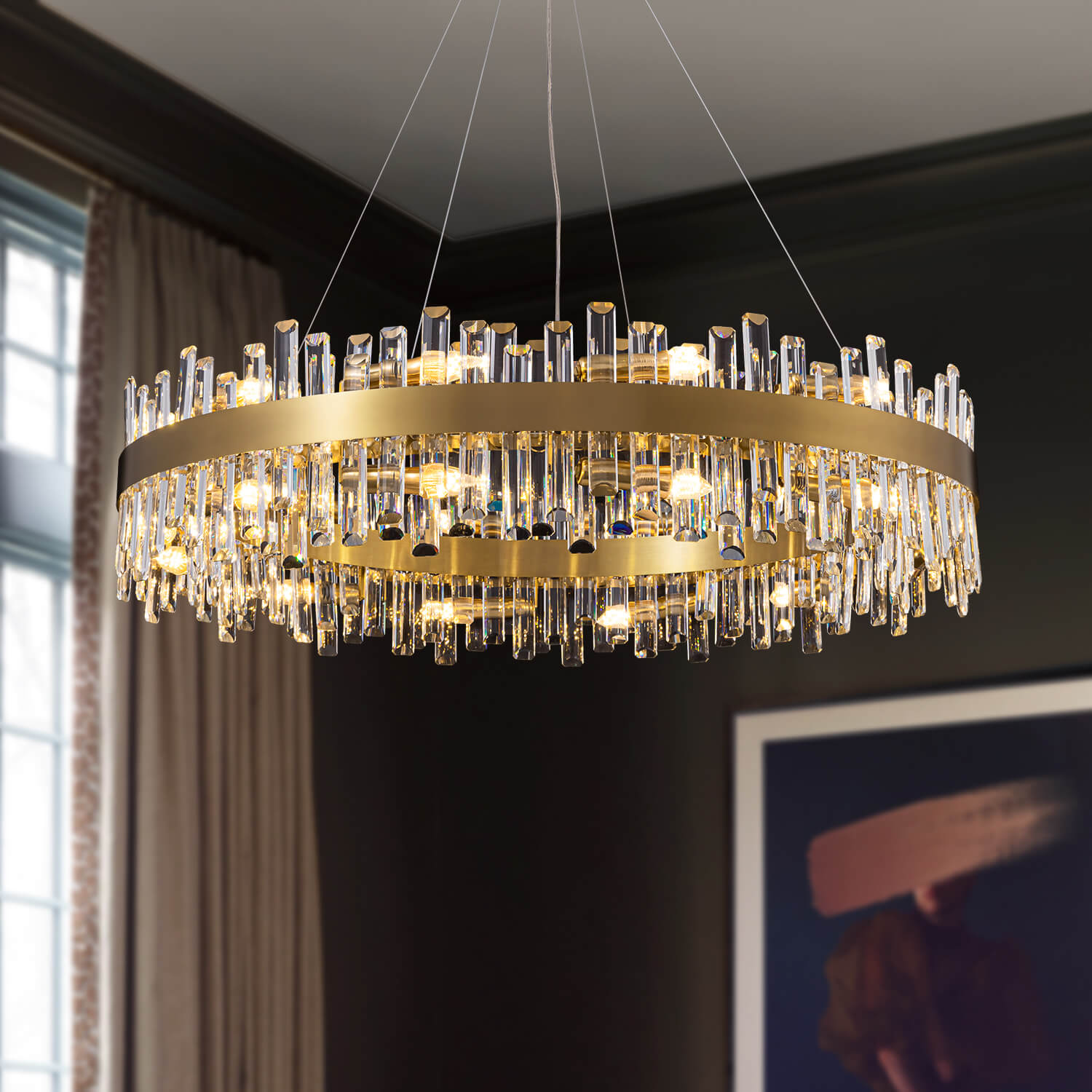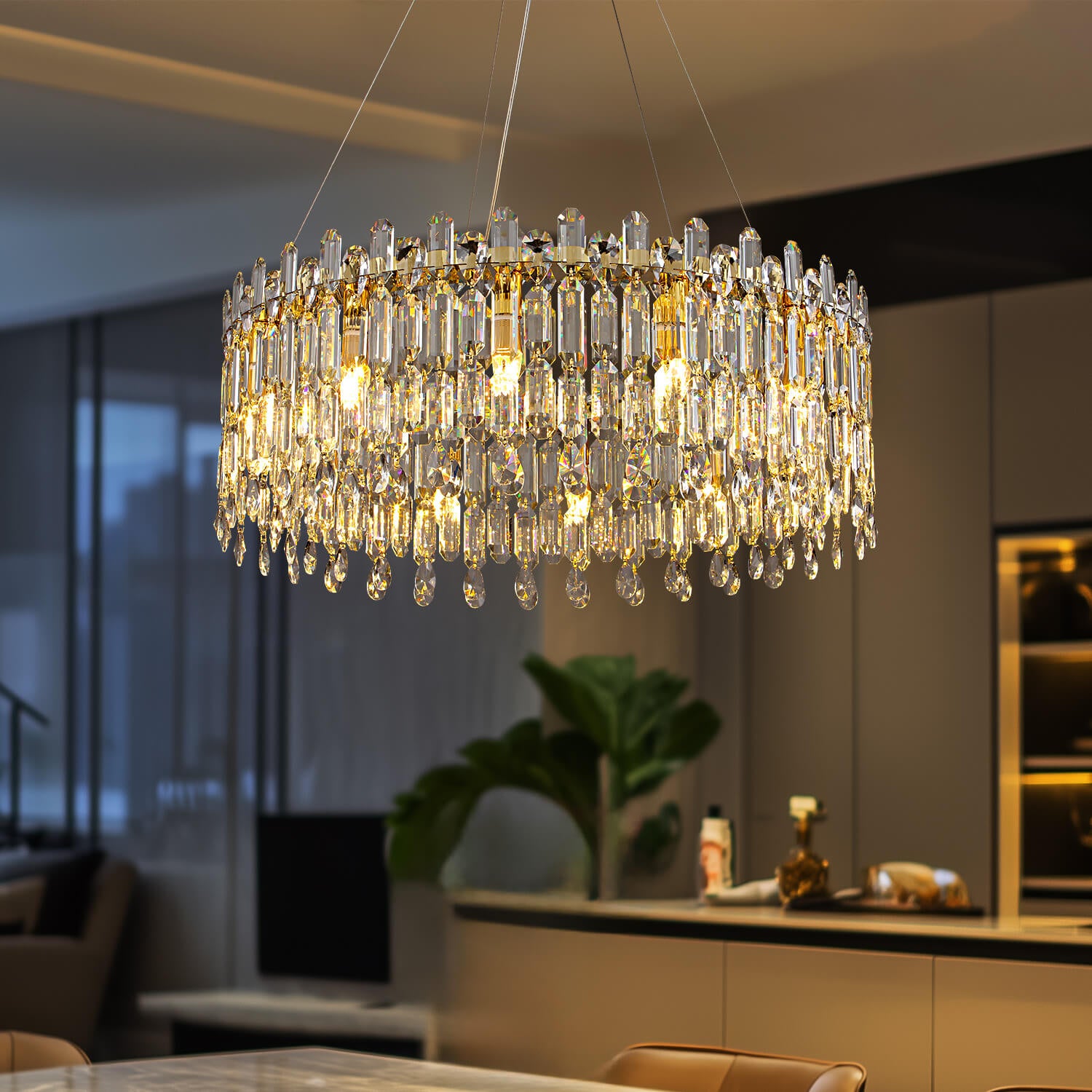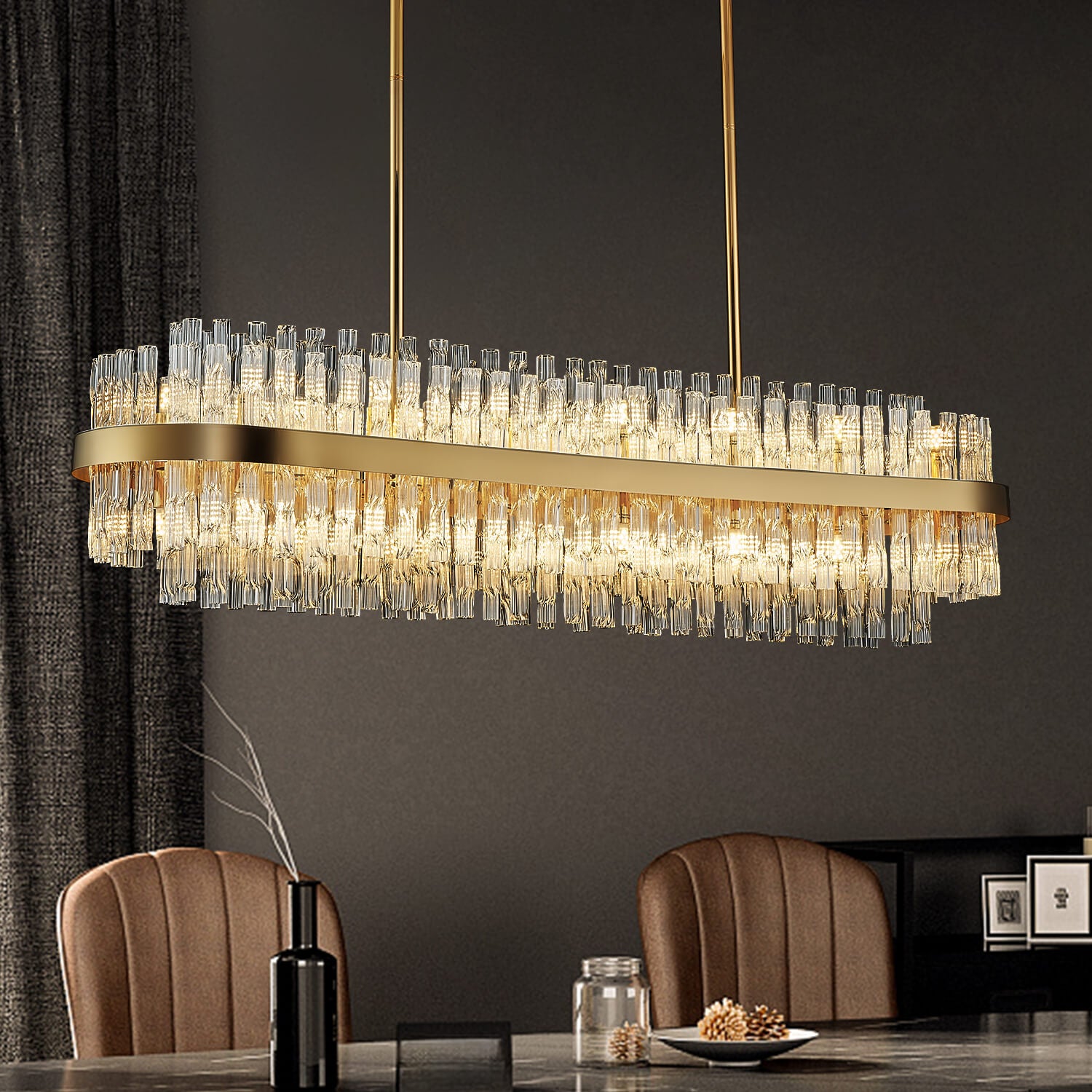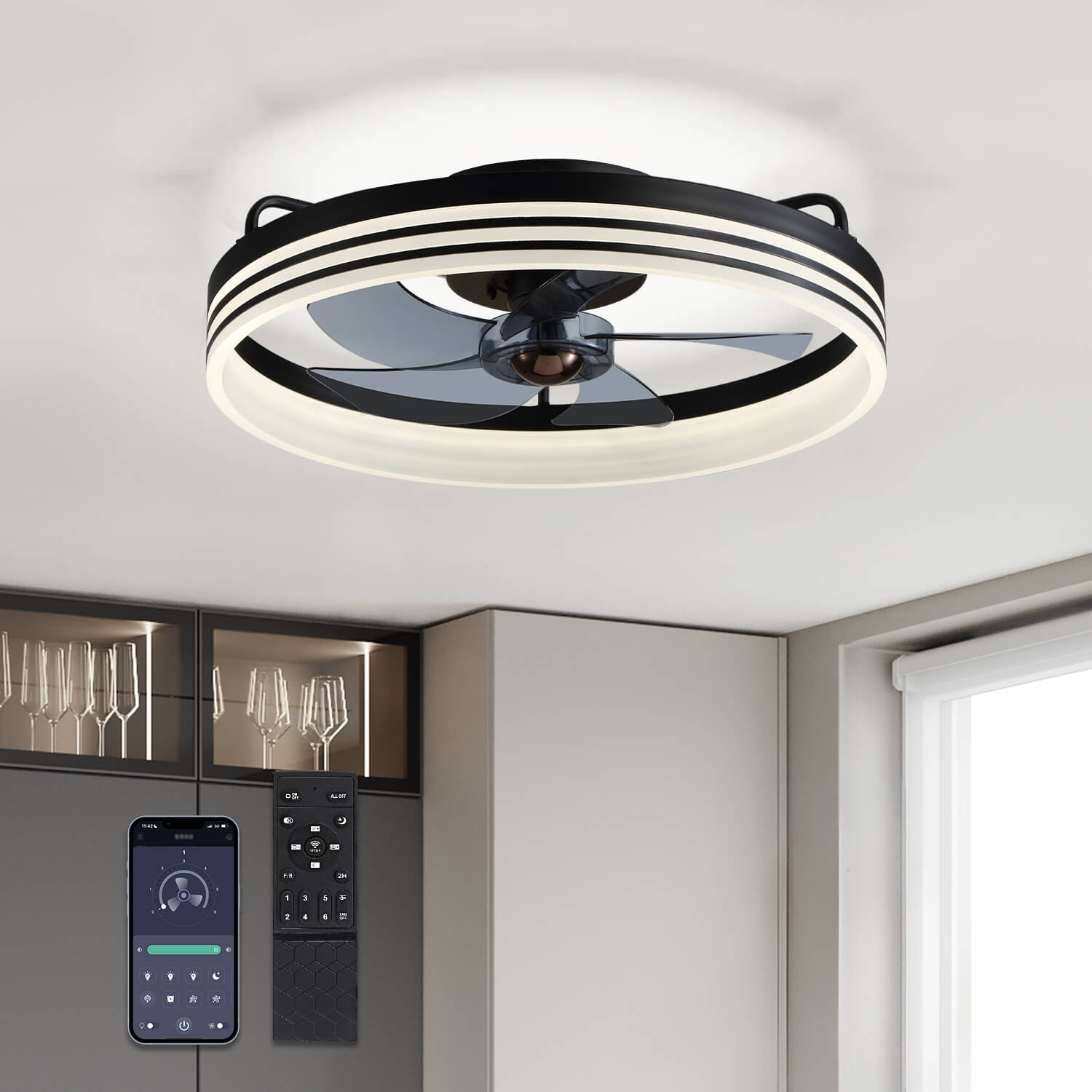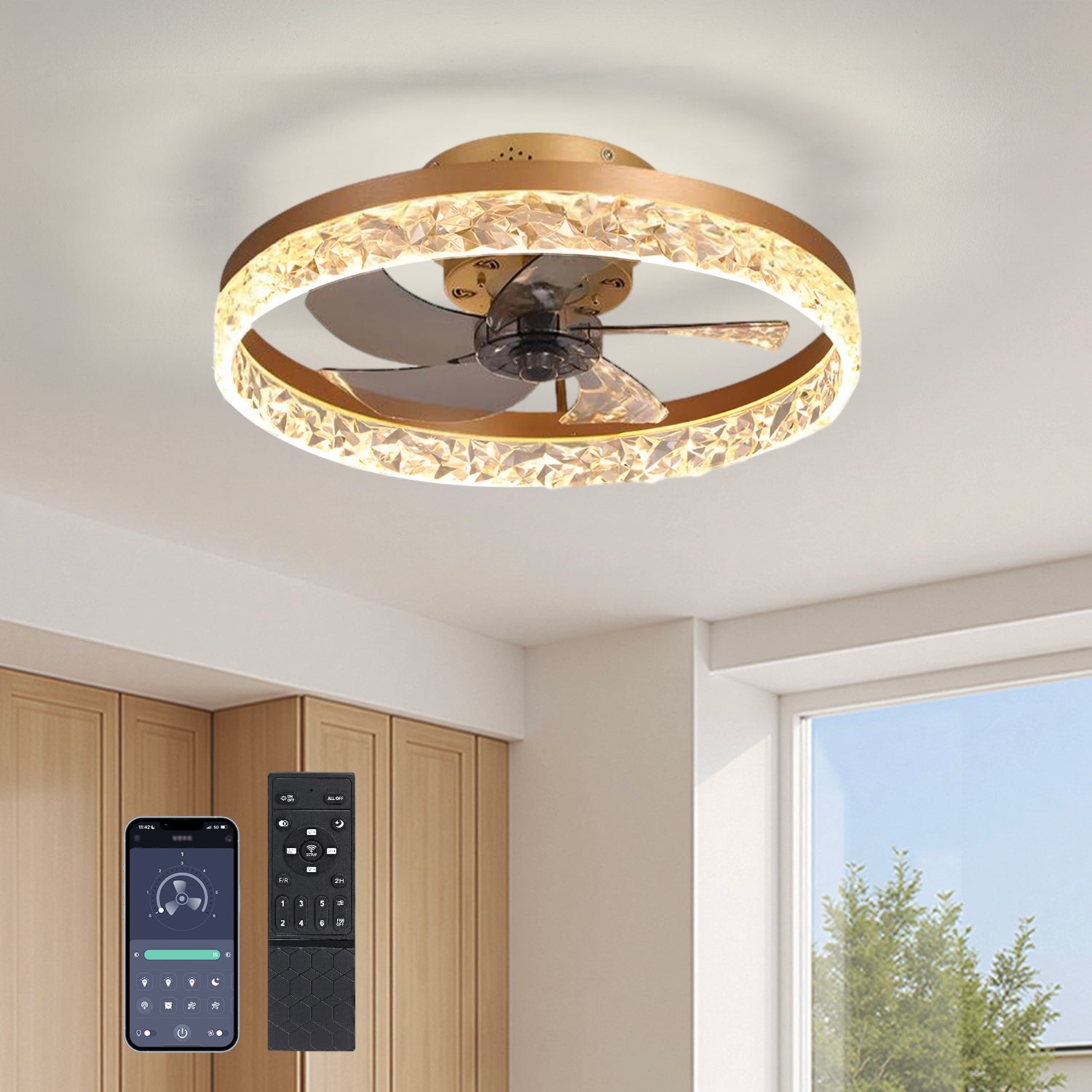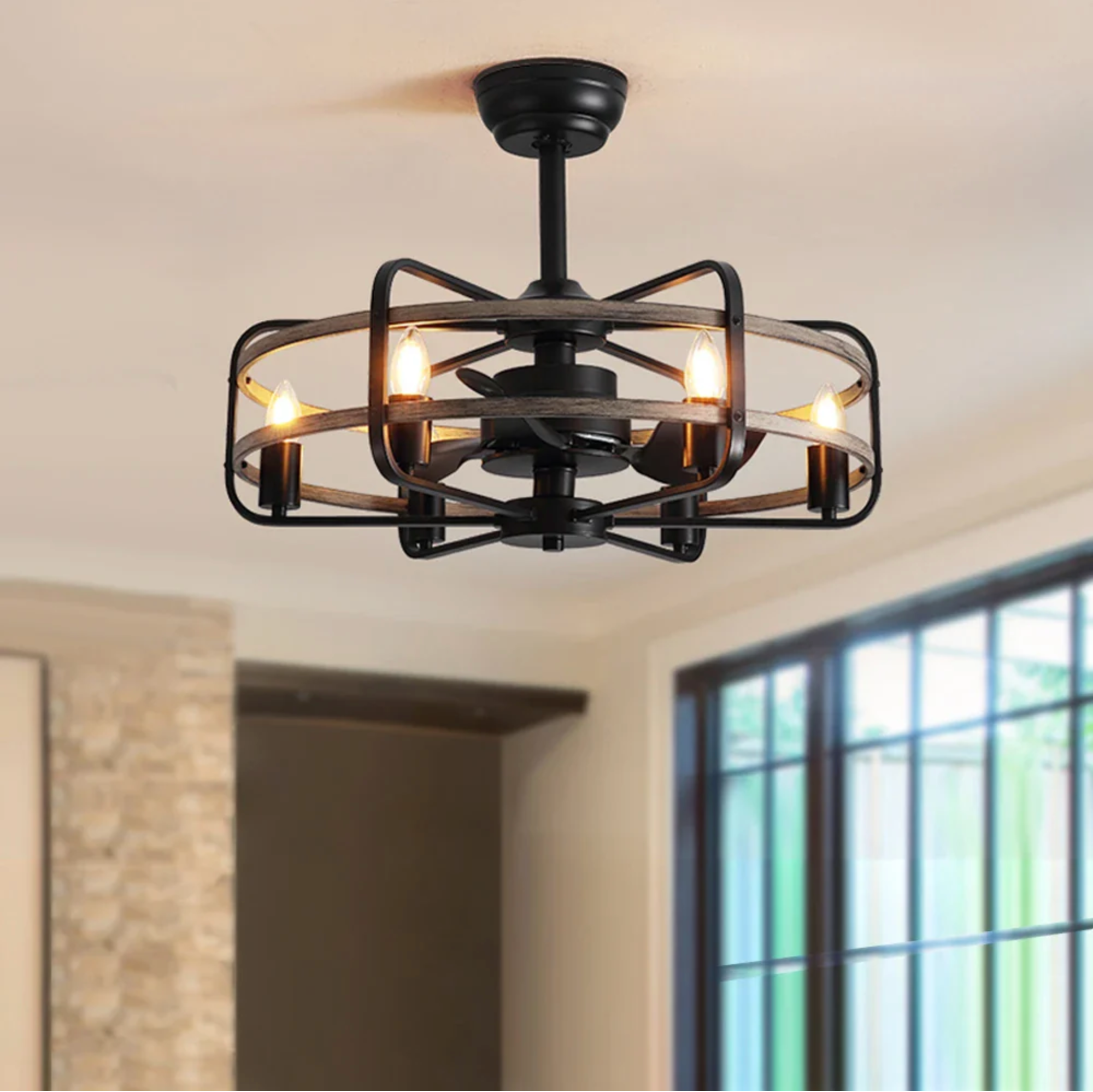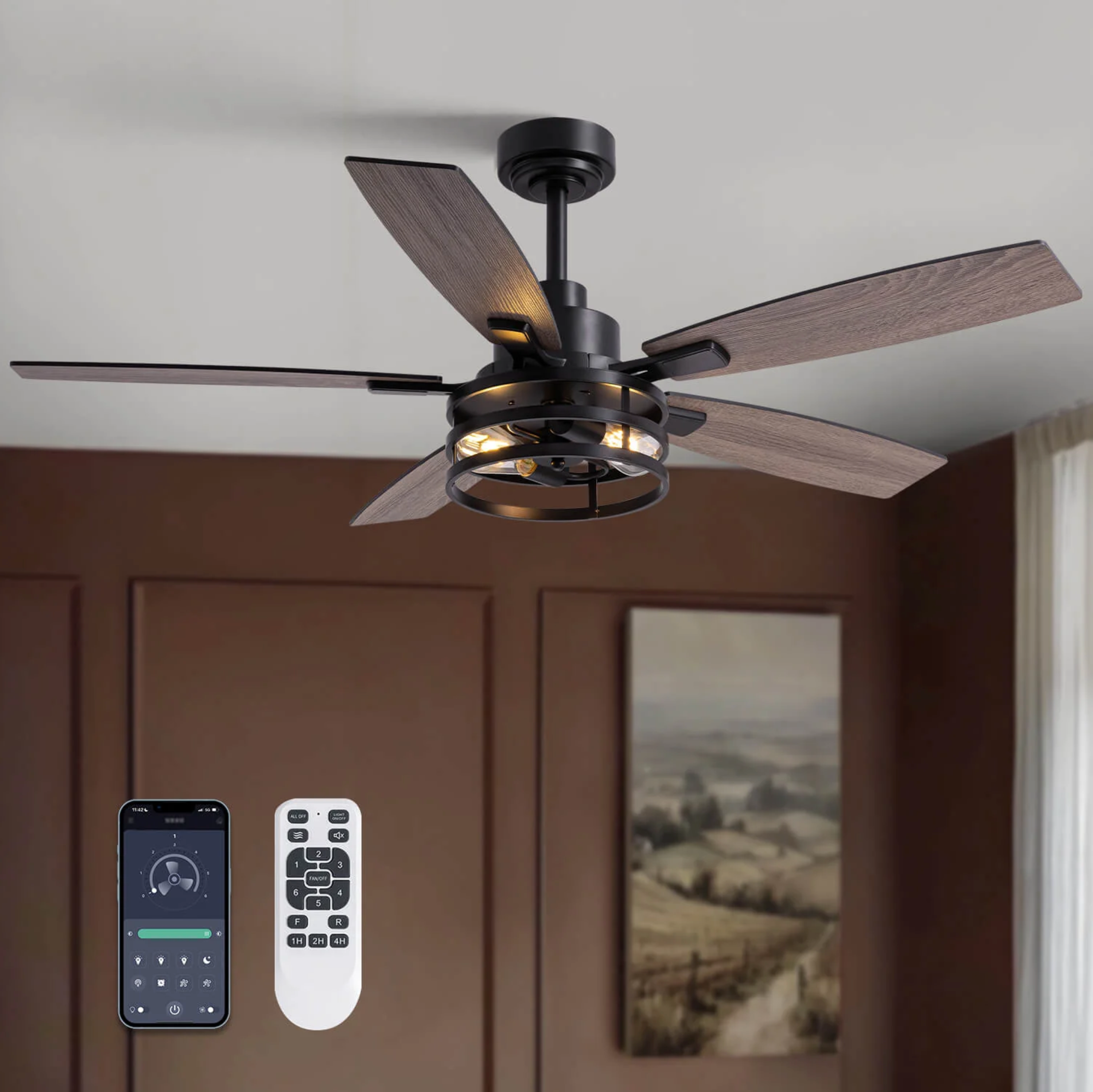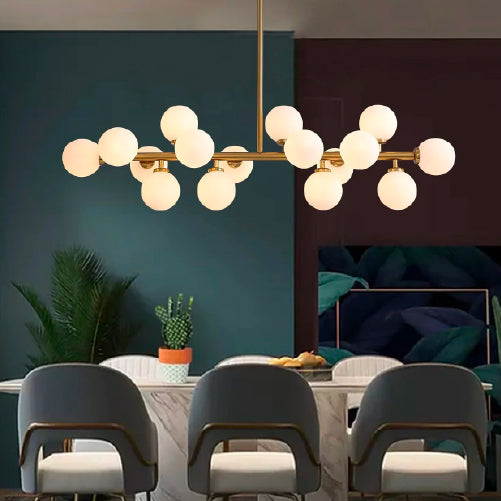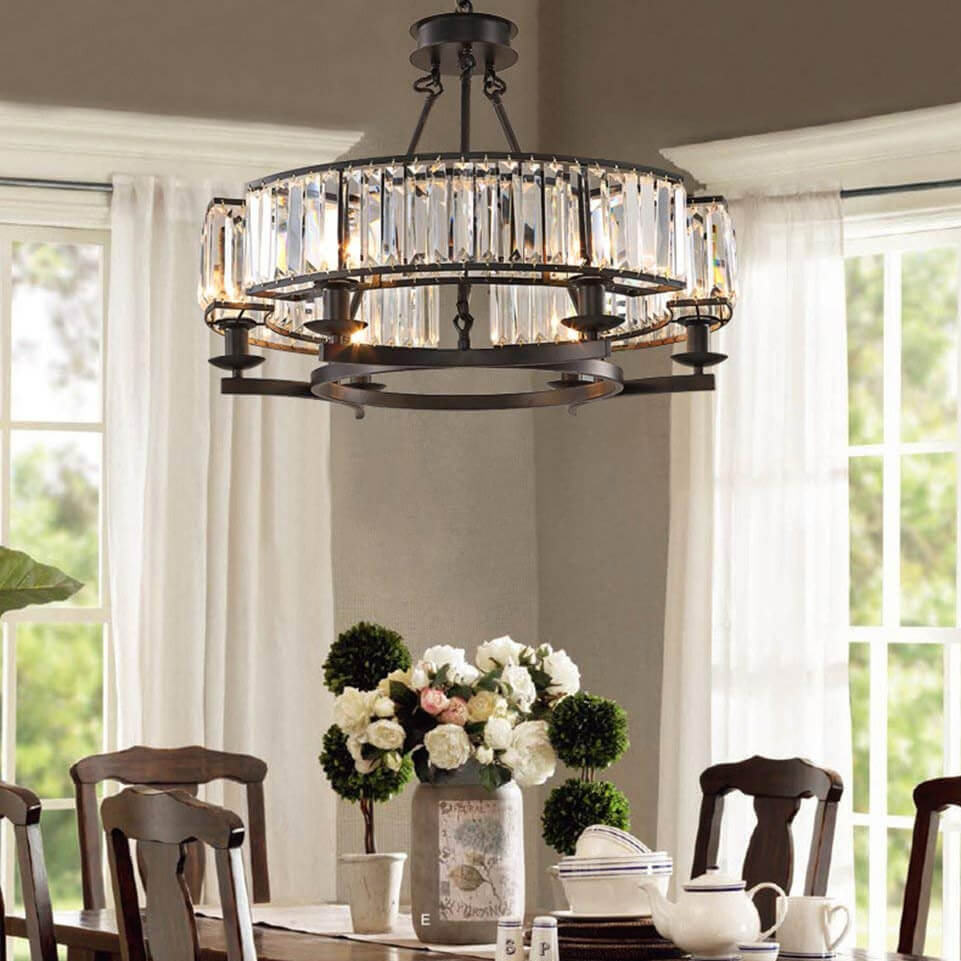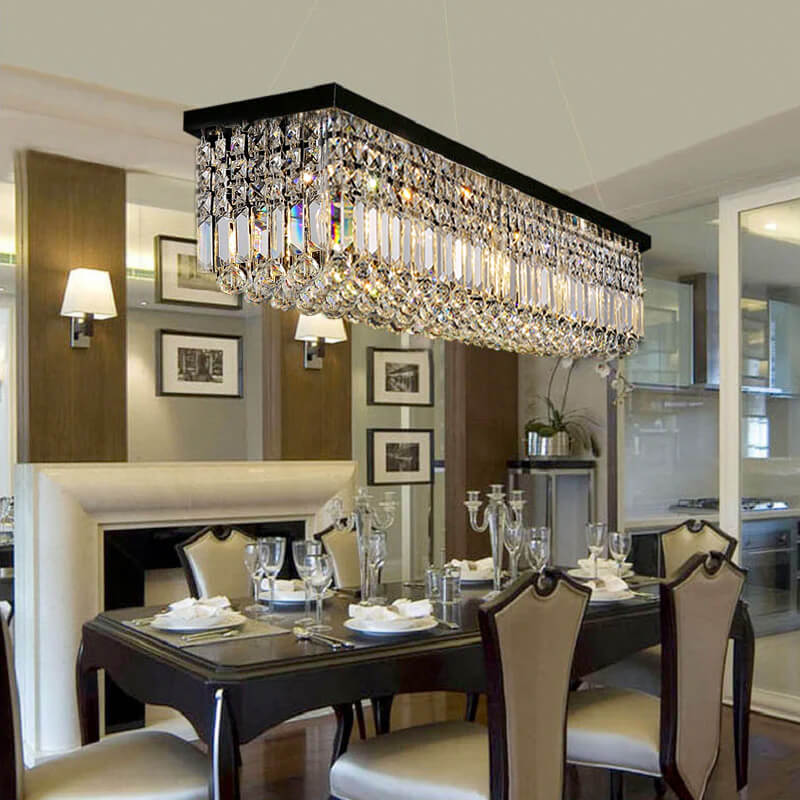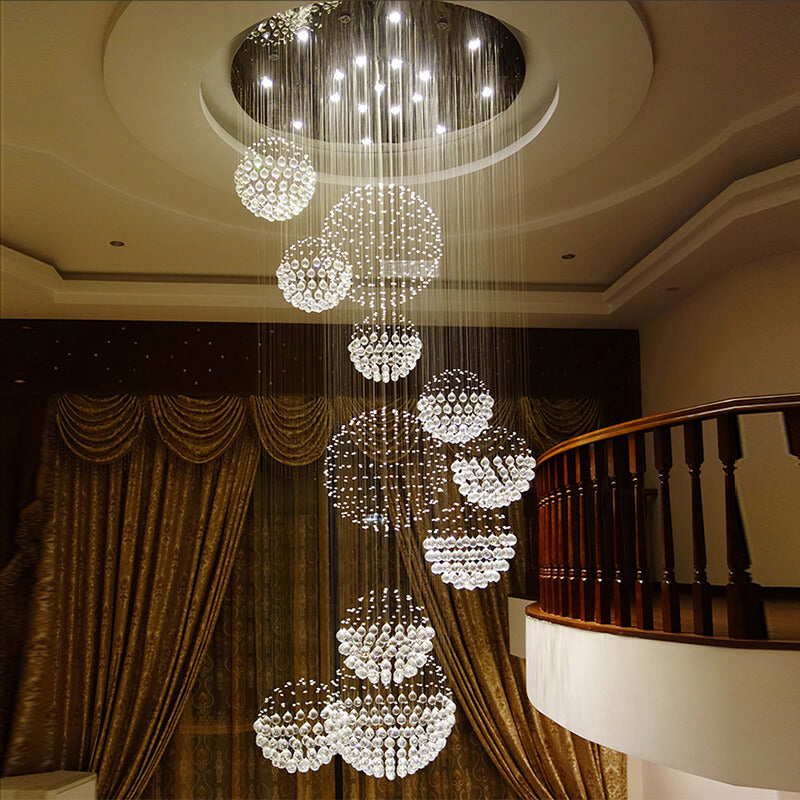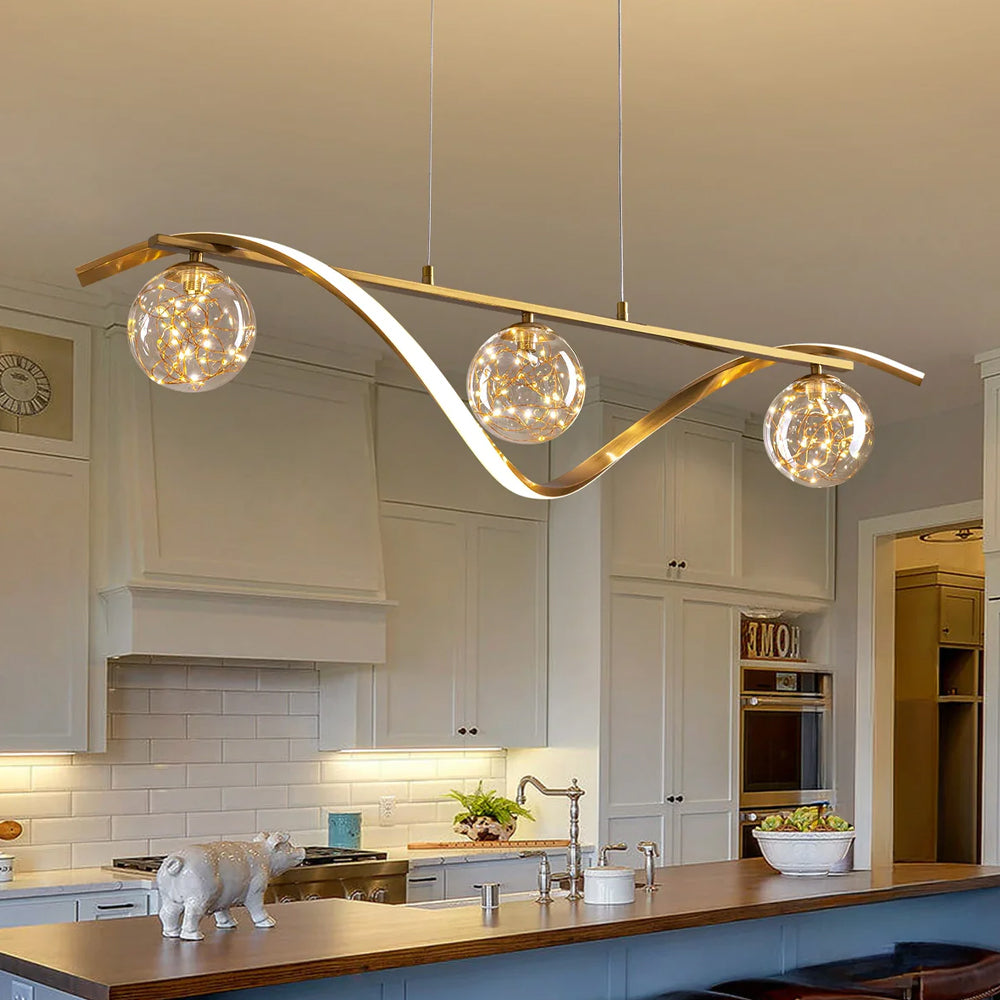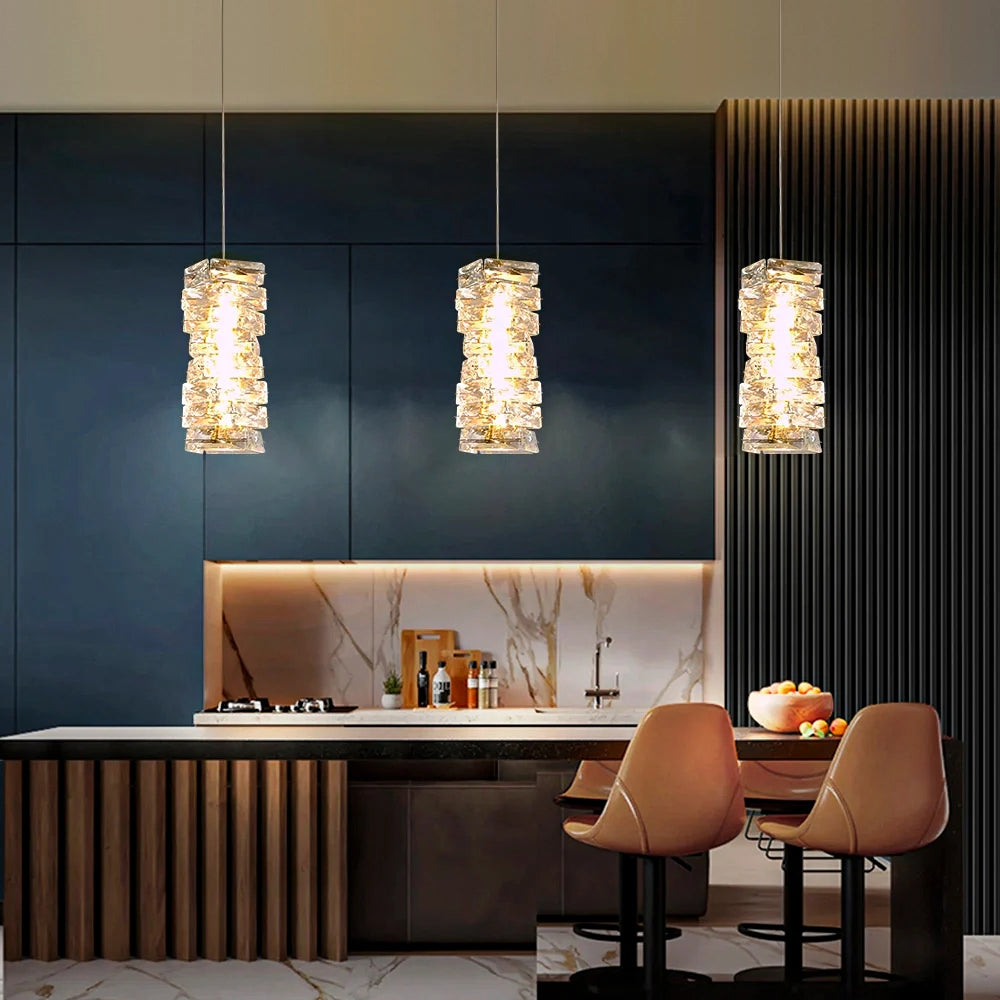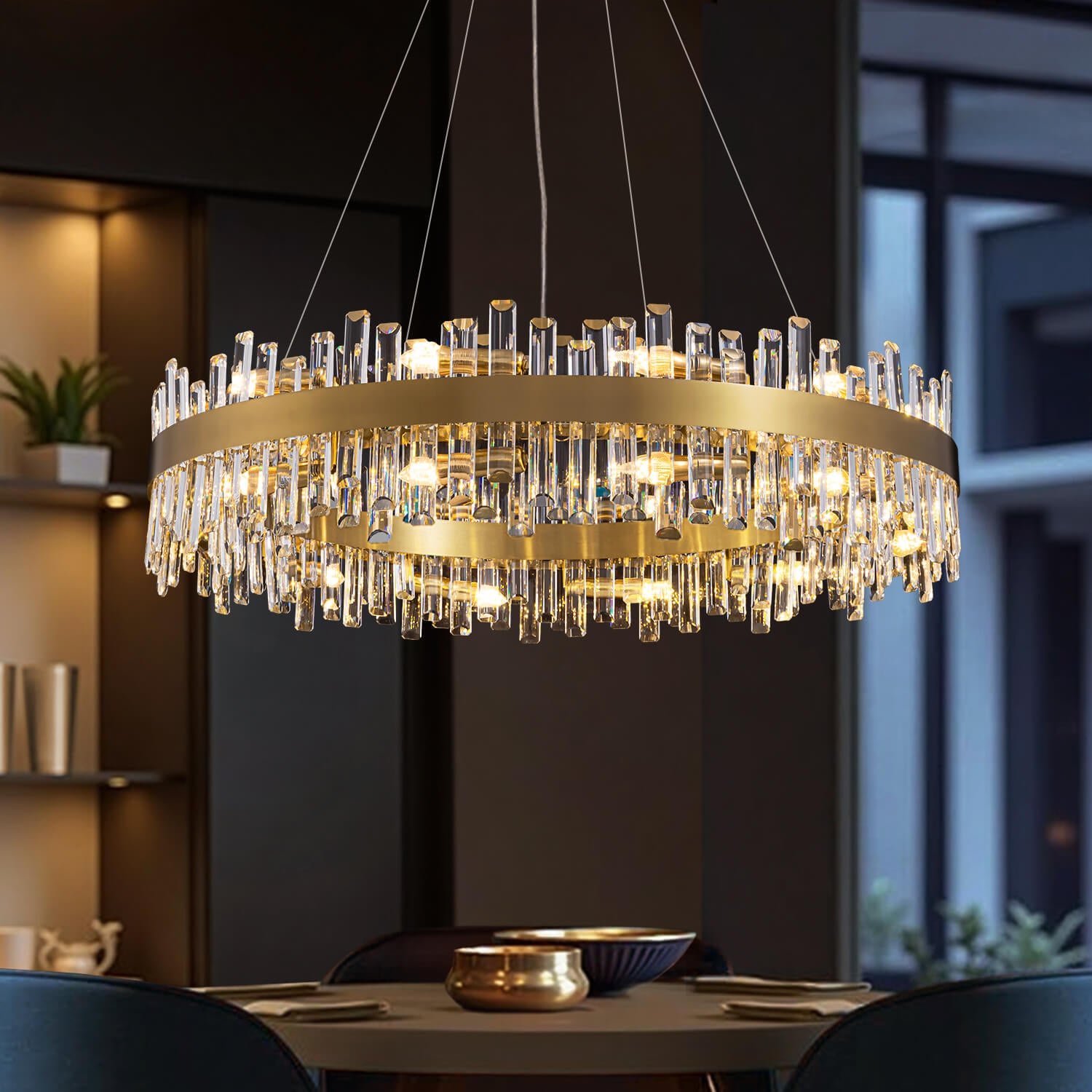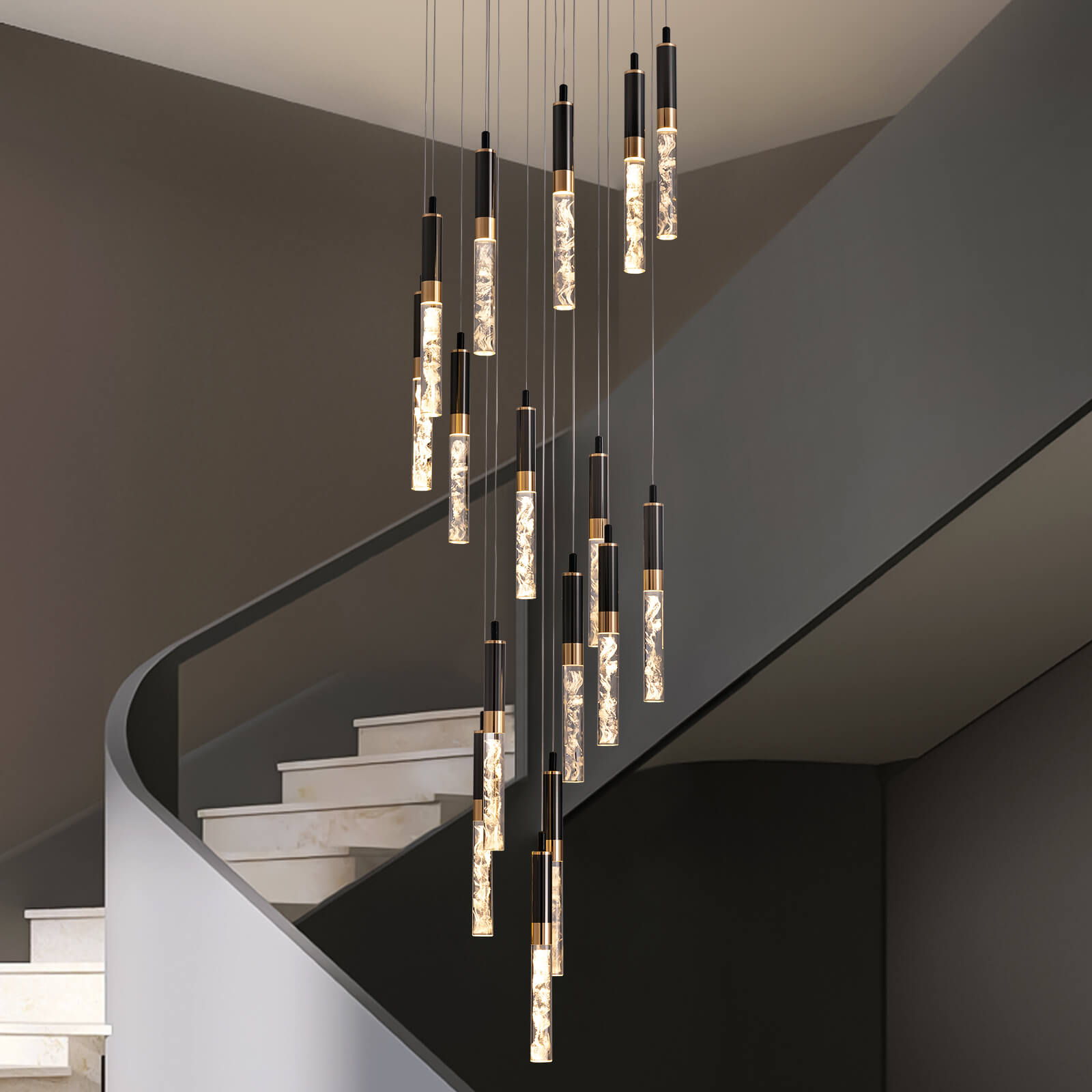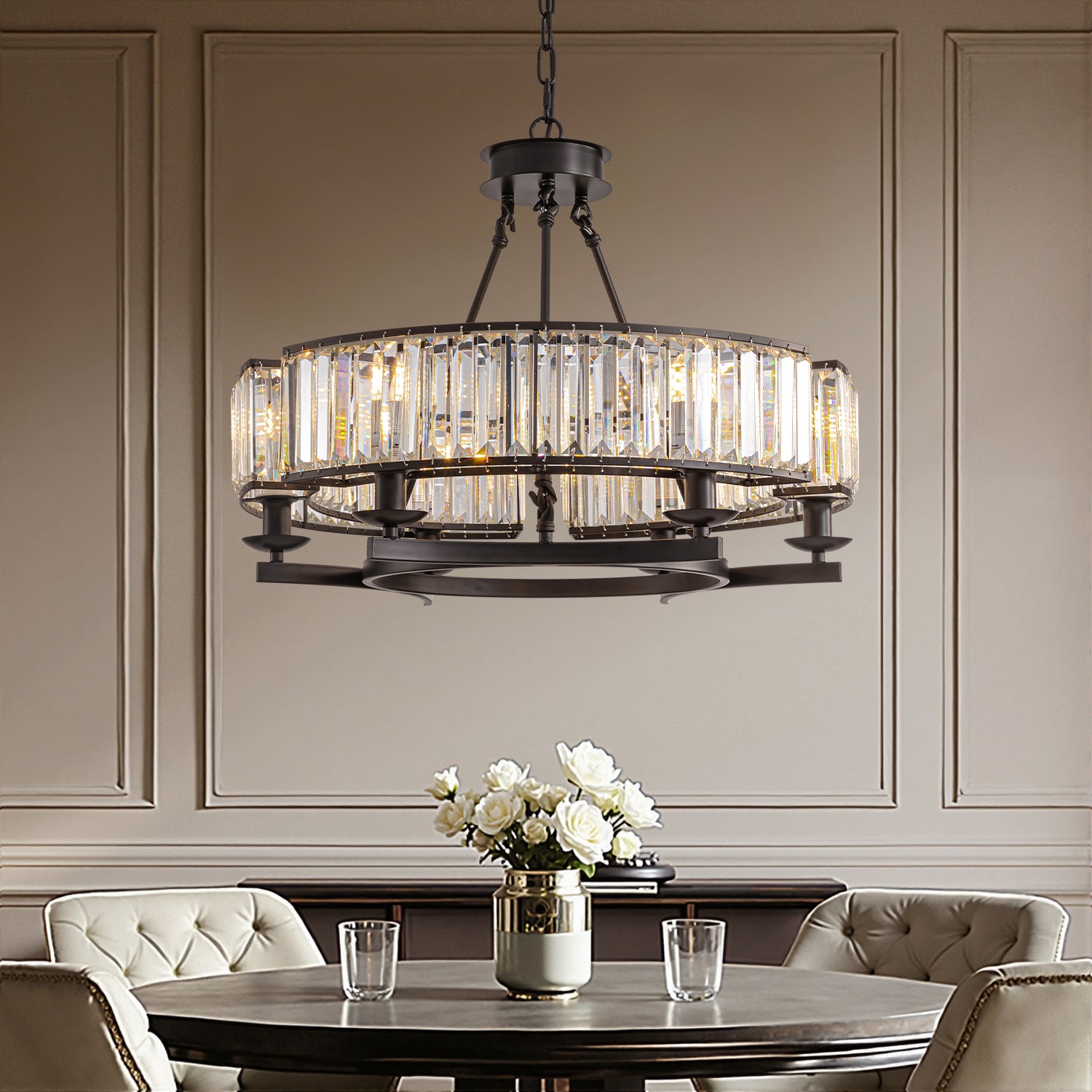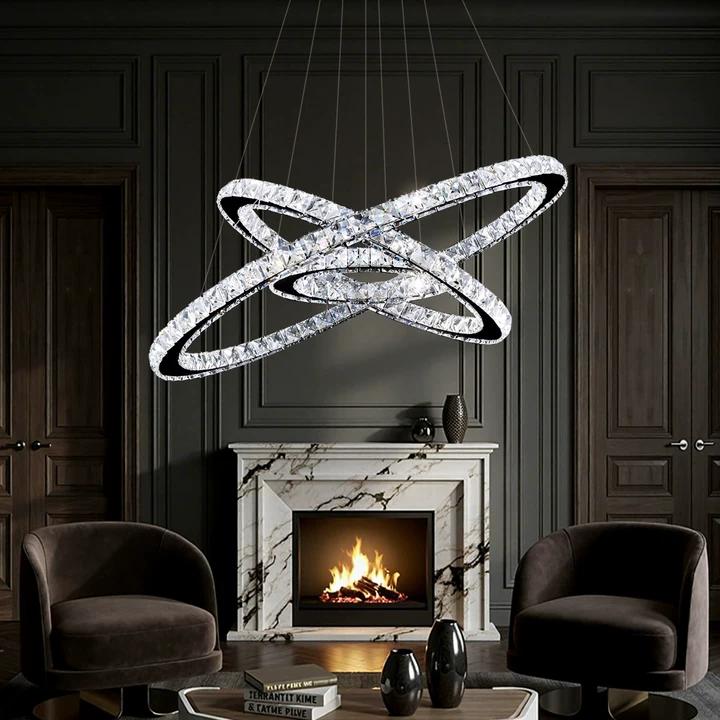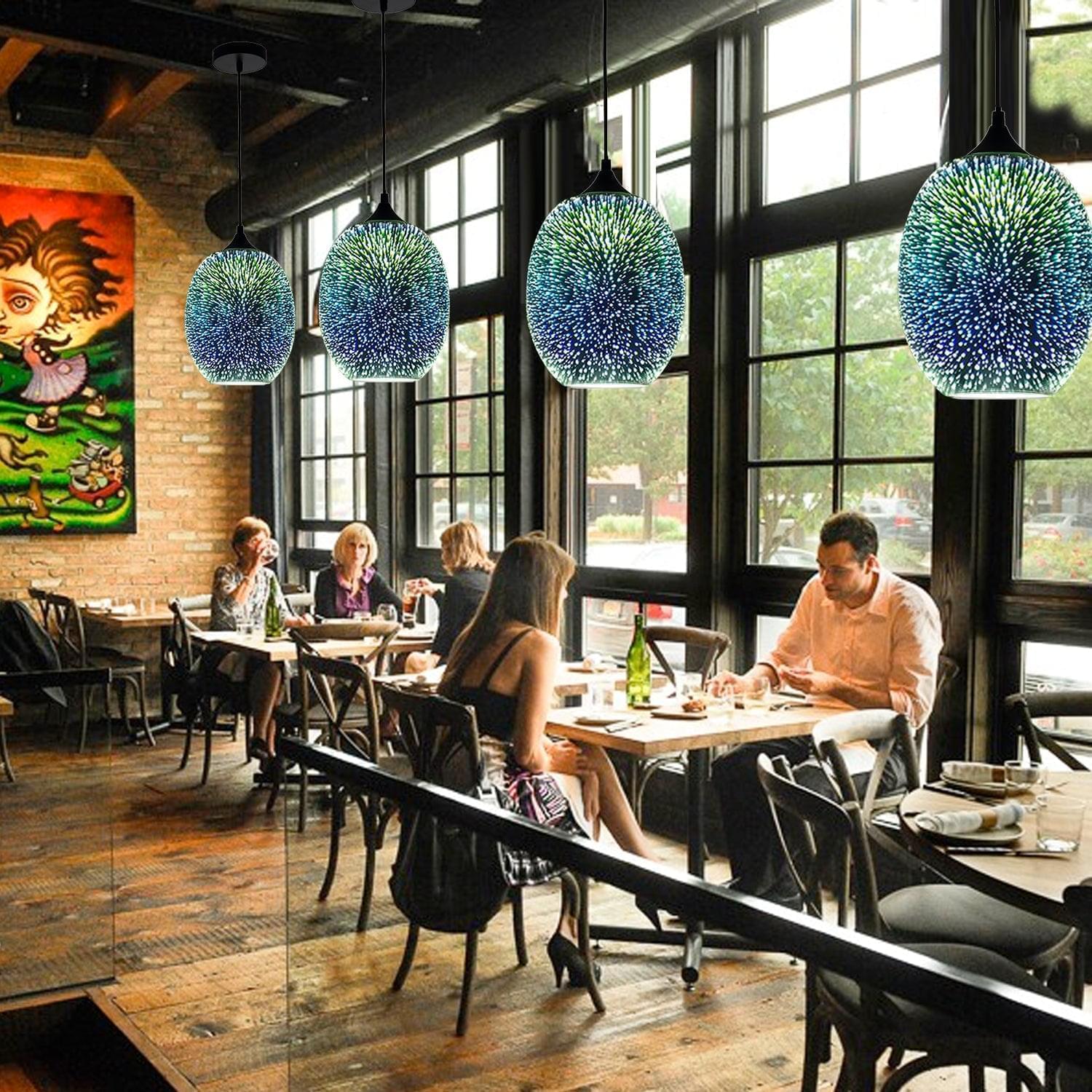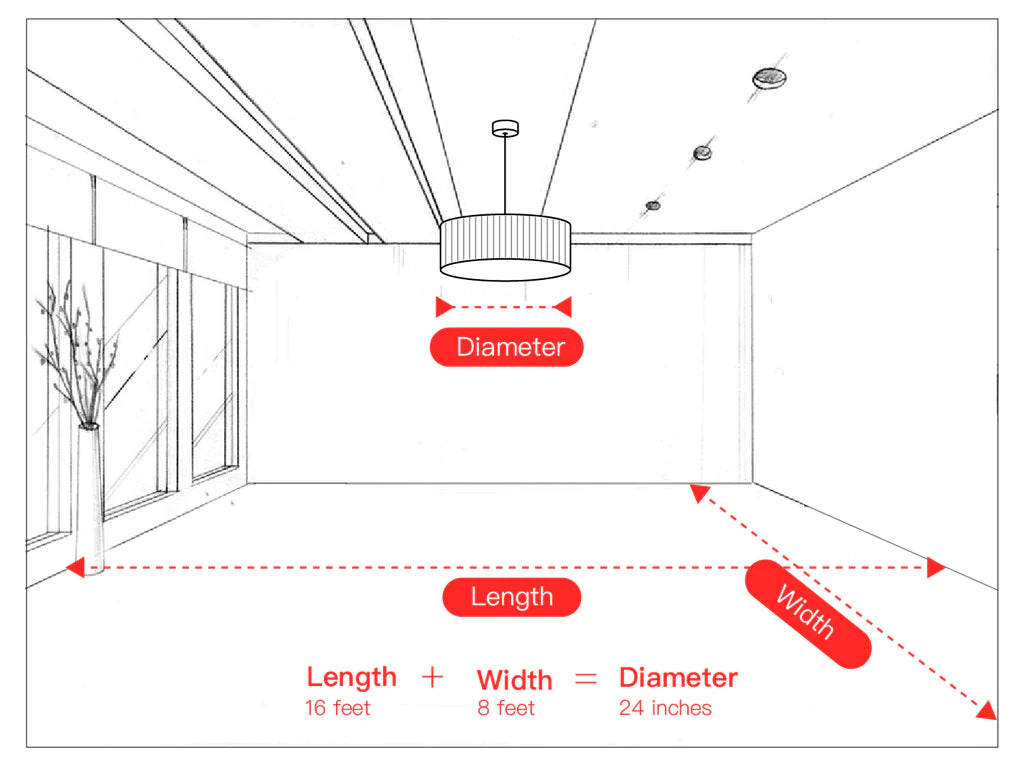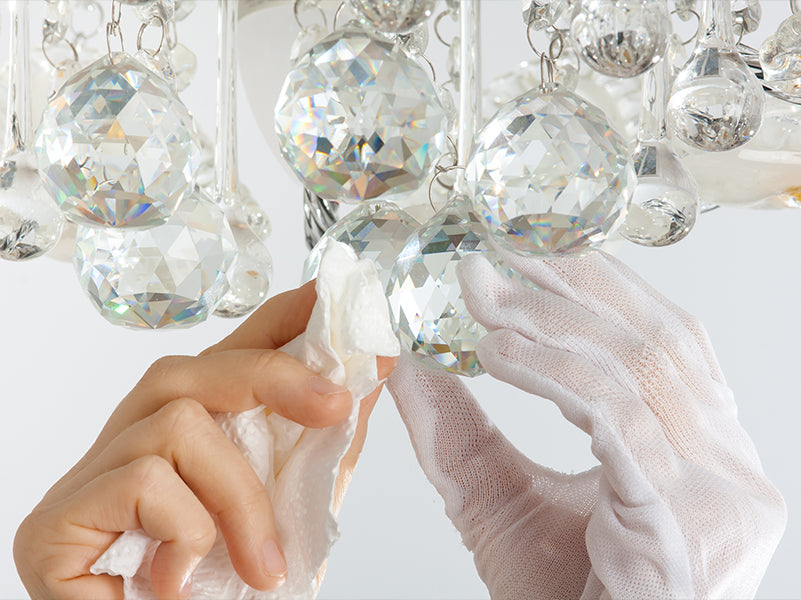How to Choose the Right Light Bulbs for Your Home
Shopping for light bulbs may appear to be an easy task, but did you know that there are many factors to consider in order to pick the right one? Chandeliers, pendant lights and other lighting fixtures in your home use different types of light bulbs in terms of their basic structure, voltage and wattage. In addition to that, you’ll also want to choose the most efficient bulbs that can deliver the best lighting in case you’re aiming to create a specific ambience in your living space or work area.
This is where the more complicated parameters of lighting come in. Unless you’re already an expert in lighting, factors such as illuminance, temperature, and color rendering index may sound strange to you. However, these are equally important benchmarks that need to be looked into. With the extensive array of light bulbs on the market plus the complex technicalities that need to be considered, choosing the right bulbs for your lighting fixtures can indeed get daunting. For this reason, we have put together a comprehensive guide to help you in your selection process.
Primary Characteristics of a Light Bulb
These are the fundamental factors you need to determine before heading off to your nearest hardware or Home Depot to purchase your light bulbs. Be sure to get each one right for the perfect fit, function and energy consumption.
Cap or Base Type
The cap or base of a light bulb is the metal part that connects the bulb to the socket of a lighting fixture. It provides electrical contact and helps secure the bulb into the fitting. The two most common bulbs used in chandeliers and other home lighting fixtures come with screw bases and pin or peg bases.
- Screw: Also known as an Edison base (named after its inventor Thomas Edison), this type of base is made with threaded metal to hold the bulb securely in a threaded socket. Screw-based bulbs are common in the home setting and primarily used for decorative lighting such as chandeliers and lamps.
- Pins or Pegs: These bases usually have two metal rods or stumps sticking out at the bottom of the bulb and are pushed or snapped onto the socket instead of being screwed on. They are used in many small incandescent light bulbs as well as some types of fluorescent lamps.
Identifying the correct cap or base type is crucial when buying bulbs for your lighting fixtures. If your fixture already has a bulb, you can remove it to check for the size and base type. Just bring the old bulb to your nearest hardware or home depot when buying a new one. However, if the light fixture is brand new and does not come with a bulb, write down the fitting reference number to find a bulb that matches its specifications.
Light bulbs are coded to determine their base type or fitting. The letters stand for the name of the base while the numbers indicate their diameter in millimeters. For instance, an E27 bulb is an Edison screw type bulb with a diameter of 27 millimeters. An E14, on the other hand, has the same base but will fit a smaller socket.

Voltage
Voltage is best described as the pressure of electricity that flows into an electronic device. It is measured in units referred to a volts. The standard voltage supply for homes in the US is 120 volts, which is why most of your indoor lighting will require 110-120 volt bulbs. Outdoor light fixtures, on the other hand, generally require low voltage lighting using 12 or 24-volt bulbs. The reason low voltage lighting is recommended for the outdoors all boils down to safety. The risk of electric shock is significantly reduced, considering that outdoor lighting has a higher chance of being exposed to the elements.

You can find voltage information indicated on the bulb itself or printed on its packaging. For maximum lighting efficiency, always buy bulbs that match the supplied voltage of your fixture. Using one with the wrong voltage won’t turn the lights on. Worse, it can even damage both the bulb and your light fixture.
Wattage
Wattage refers to the amount of energy used by a light bulb and is measured in watts. In the past, it was also used to determine brightness when bulb options were only limited to incandescent bulbs and halogen bulbs. With the advent of energy-saving bulbs, however, we can no longer rely on wattage to determine how bright a bulb is. LED bulbs, for instance, are lower wattage bulbs that deliver significantly higher brightness.
These days, brightness is measured in units of luminous flux known as lumens (lms). Lumens indicate the amount of light the bulb emits regardless of the wattage it uses. The higher the lumens, the more light a bulb produces. It is a more accurate indicator of brightness and you can find light bulbs with higher lumen values at lower wattages. This translates to better lighting at a much lower energy cost.
We recommend the use of LED bulbs to get the highest light output or lumens per watt. LEDs emit between 70-90 lumens per watt, compared to incandescent bulbs which produce only 10 lumens per watt. For example, a 5w LED lamp is equivalent to a 35-45 watt incandescent.

Note: We recommend using LED bulbs. Incandescent and halogen lamps are not recommended.
Still, wattage remains an important consideration when it comes to power consumption. The higher the wattage of your light bulbs, the higher your electric bill. Wattage also matters since lighting fixtures come with maximum wattage ratings. This means there’s a limit to the wattage of light bulbs you can use on different light fixtures.

When purchasing bulbs, know the maximum wattage rating of the fixture or use the wattage of an old bulb as a guide. To be on the safe side, opt for a lower wattage bulb with higher lumens. Never use a higher wattage bulb as this can damage your fixture or even become a potential fire hazard.
Other Parameters to Consider When Choosing Light Bulbs
Choosing bulbs for your lighting fixtures goes beyond just getting the correct base type, voltage and wattage. There are other factors that can drastically improve both the function and aesthetics of your living space. Let’s take a look a look at three lighting parameters that can offer your more comfort and convenience, especially if you’re targeting to achieve a particular ambience.
Illuminance
Illuminance is a term used to measure the amount of light radiating from a light source and spreading over a given surface area. It can help you determine the level of brightness you’re aiming for in different areas of your home.
Illuminance is measured in lux (lx), which is not to be confused with lumens (lm). Lux measures the total amount of light that hits or falls on a particular surface (illuminance), while lumens measures the total amount of light a bulb emits in all directions (luminous flux).
Choosing light bulbs that deliver your preferred illuminance isn’t that difficult though. One lux is equivalent to one lumen per square meter of space, so you simply need to get the square footage of the area you want to light up to determine the brightness level you need.
For instance, light experts recommend 300-400 lumens per square meter of space in an office or study. If you have a 10-sqm home office, you’ll need around 3,000-4,000 lumens of light potency for the best illuminance.
Color Temperature
Color temperature refers to the warmth or coolness provided by a light source. It is measured in Kelvins (K) and the higher the Kelvin, the whiter or cooler the light. In the domestic setting, people typically prefer a warmer light source with a lower Kelvin rating in low illuminance spaces such as the bedroom, dining area and living room. A cooler light source with a higher Kelvin rating is generally recommended for areas that need high illuminance such as the kitchen, bath and study.
Below is a list and chart of color temperature classifications in residential applications:
- Soft white or candlelight (1,500 to 2,700 Kelvin): Mimics incandescent bulbs that are generally yellow for a warm and cozy ambience.
- Warm white (2,700 to 3,000 Kelvin): More yellowish-white in tone for a brighter yet still cozy atmosphere.
- Bright white (3,000 to 4,500 Kelvin): A mix of white and blue tones for a more lively and energetic feel.
- Daylight (4,500 to 6,500 Kelvin): More bluish in tone and provides maximum color contrast.

While specific color temperature value still boils down to personal preference, these are the general recommendations from experts in the lighting industry. Low color temperature generates warmer hues that easily set the mood for a relaxed and quiet atmosphere. Higher color temperature, on the other hand, creates brighter and whiter tones that are ideal for increasing productivity and performance in the work setting.
Color Rendering Index (CRI)
Color rendering index is a measure of how an artificial light source is able to render the actual colors of an object. The noon sun is often used as a reference point since it has a CRI of 100. The higher the CRI, the closer an object will resemble its true colors.

Artificial light sources with a low CRI cause color shifts and distortions which can result to visual fatigue. To get the best results, look for light bulbs with a higher color rendering index. A CRI of 80 and above is recommended for indoor lighting while a CRI of at least 65 is recommended for the outdoors.
Different Types of Light Bulbs
There are four basic types of light bulbs on the market: incandescent, halogen, CFL and LED. Below is a summary of the features of each.
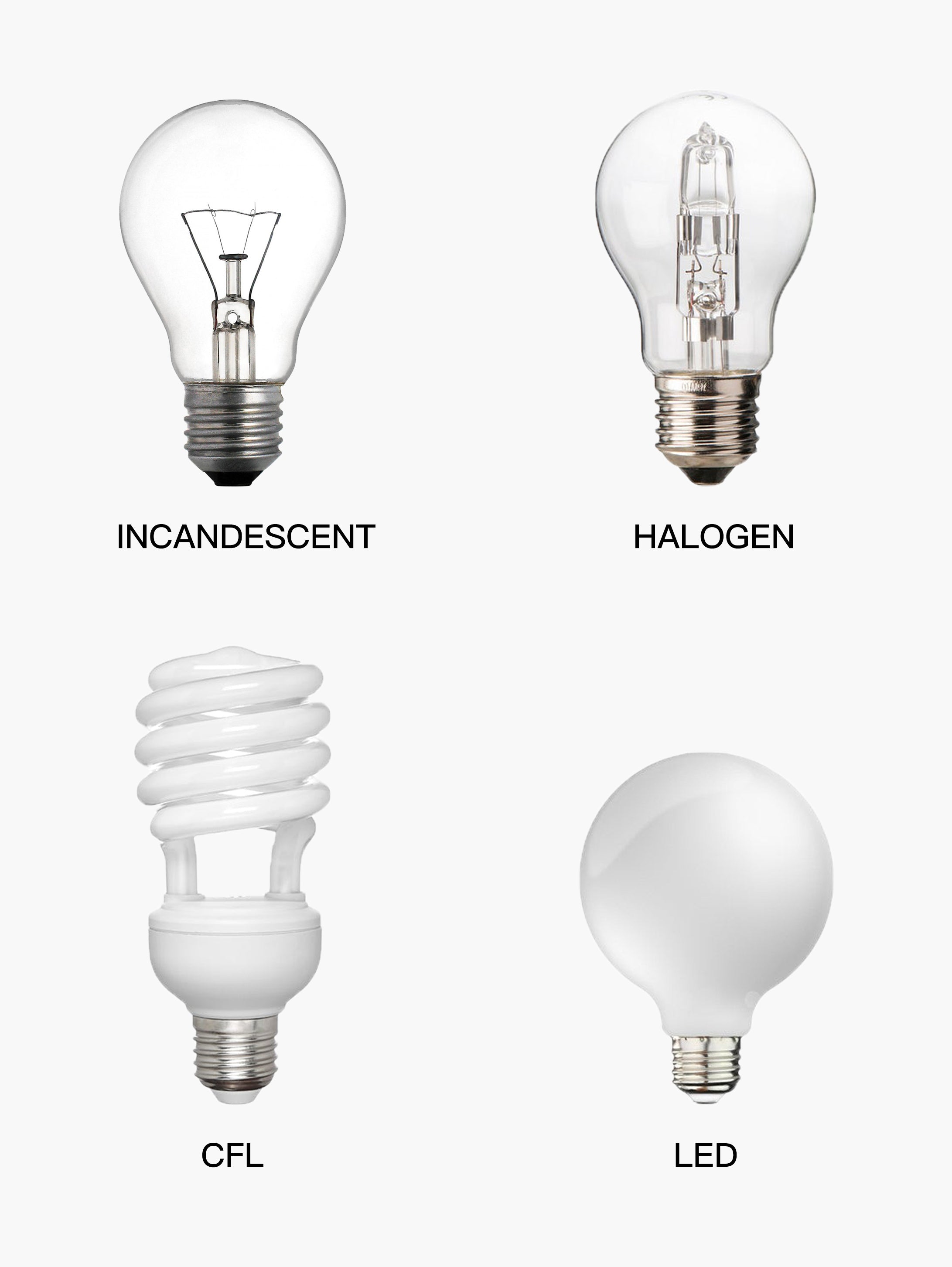
1.Incandescent
2.Halogen
A halogen bulb is essentially an improved version of the incandescent bulb. The difference lies in heat emissions that convert more energy to light, making it more efficient. It also has a longer life and can last up to 2500 hours. Halogen bulbs come with heat-resistant quartz glass so they do not crack with the intense heat. Halogen gas is added to prevent black spots normally associated with incandescents due to high heat.
3.Compact Fluorescent Light (CFL)
A compact fluorescent light (CFL) uses the same principle of operation as fluorescent tubes but in the shape of a light bulb. The advantage of this energy-saving light is that it is more compact, efficient, has good lumen maintenance, and radiates less heat. It is available in a wide range of shapes and sizes and has a longer service life of over 6000 hours. It also uses only one-third to one-fifth less energy compared to incandescent bulbs while radiating the same amount of visible light.
4.LED
LED stands for light-emitting diodes which is what LED bulbs use to produce light. Compared to conventional lighting sources that first convert electrical energy into heat in order to produce light, LED bulbs convert electric power directly into light. This delivers efficient light generation with little wasted electricity and no warm-up delay. LED bulbs also use lesser energy to deliver higher brightness and have the longest lifespan among the different bulb types (+50,000 hours). Although they are priced a bit higher, LED bulbs are currently the preferred mainstream light source because they are more cost efficient.
Choosing Light Bulbs for Different Rooms

Living Room
Dining Room
Kitchen
Bedroom
Study Room
Bathroom
Takeaway
Now that you are aware of the different factors and parameters of lighting, choosing the right light bulbs for your home will be easier and less intimidating. To sum up, start with the technical requirements such as the base type, voltage and wattage. From there, you can move on to the aesthetics by assessing illuminance, color temperature and CRI ratings of the different types of light bulbs available on the market.
We hope this comprehensive guide has greatly helped you learn the keys to choosing light bulbs that will create the optimum lighting atmosphere in every room of your home. If you need more information, fell free to give us a call at 206-880-1339 or send us an email at support@sofary.com.

